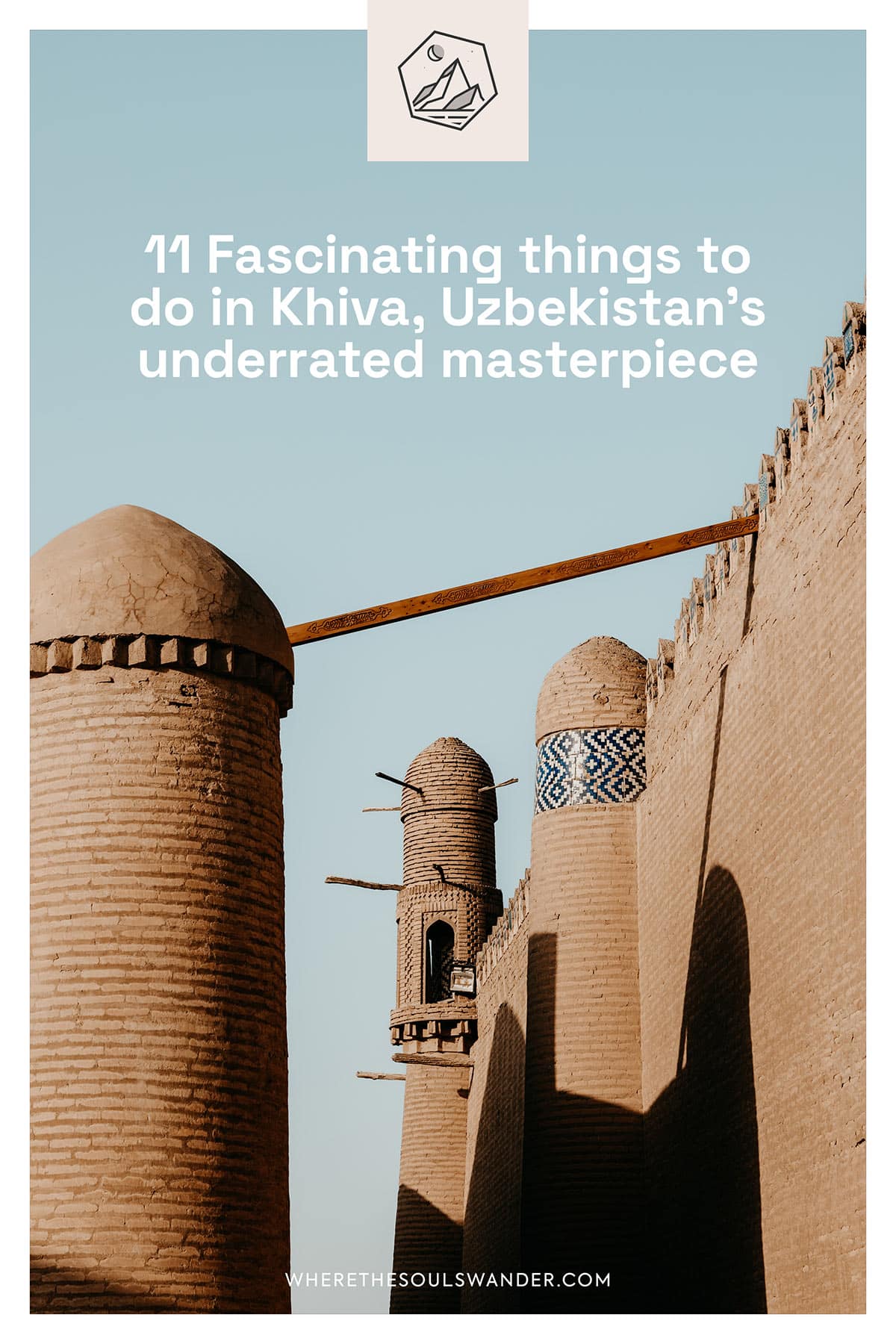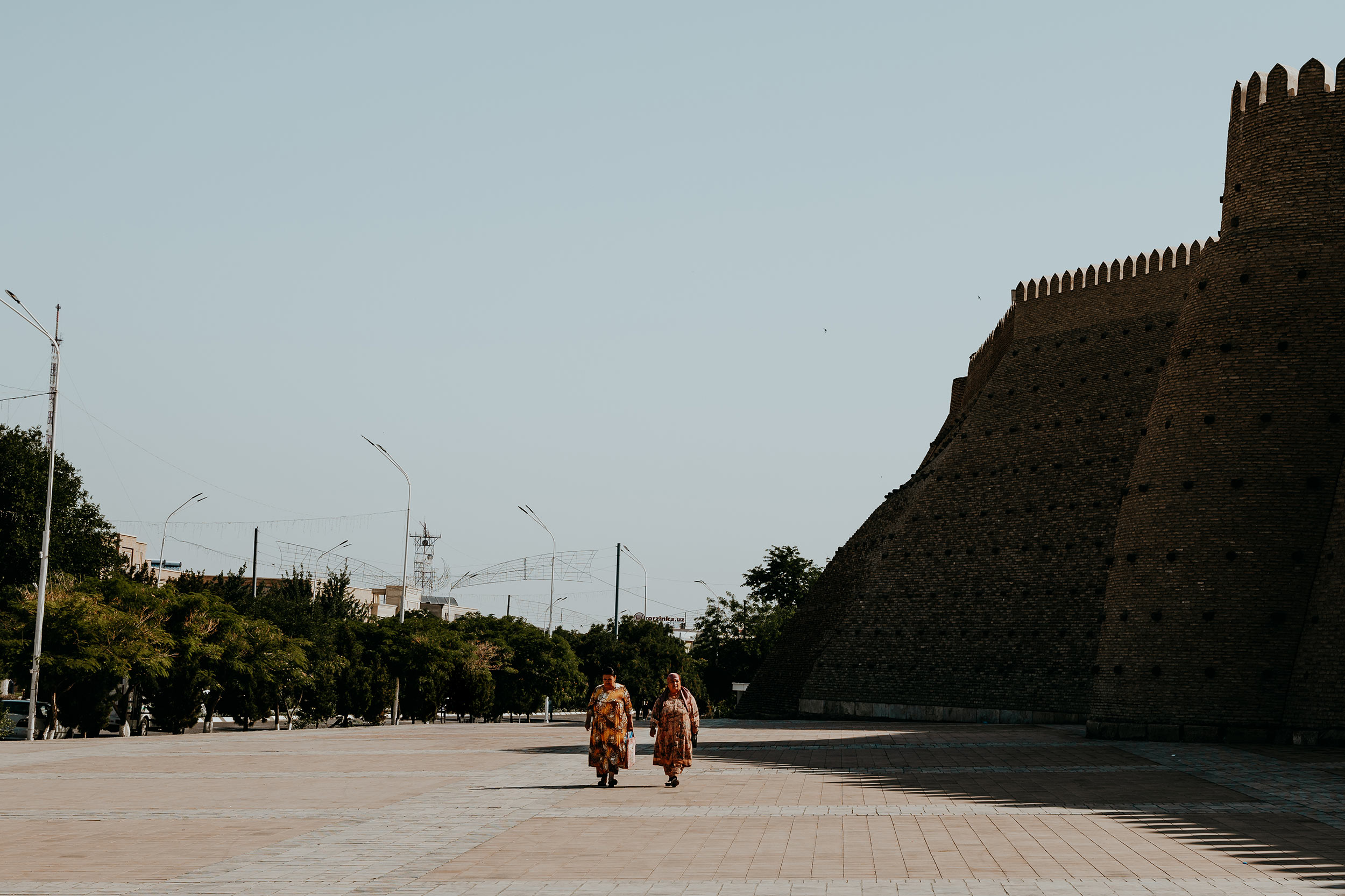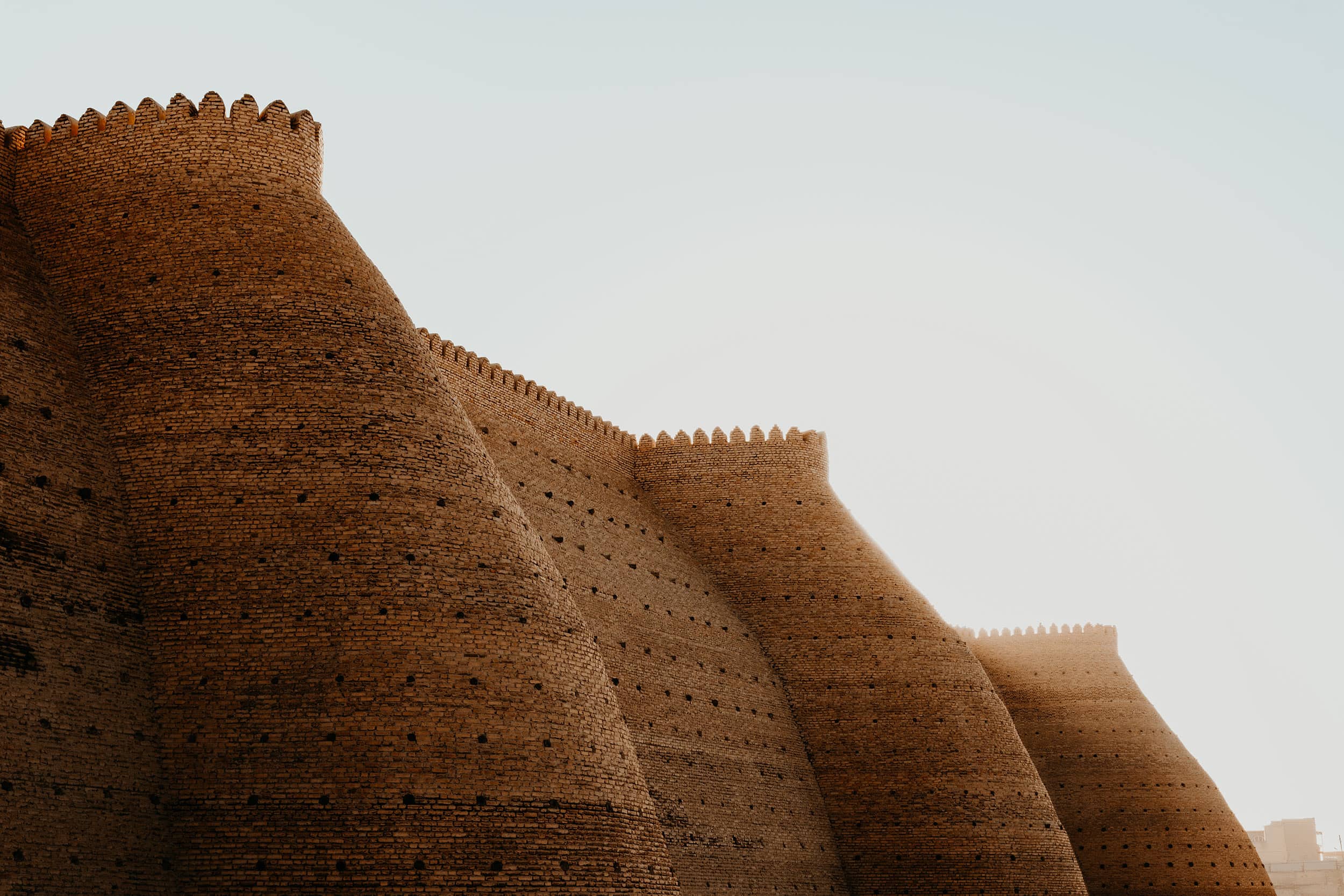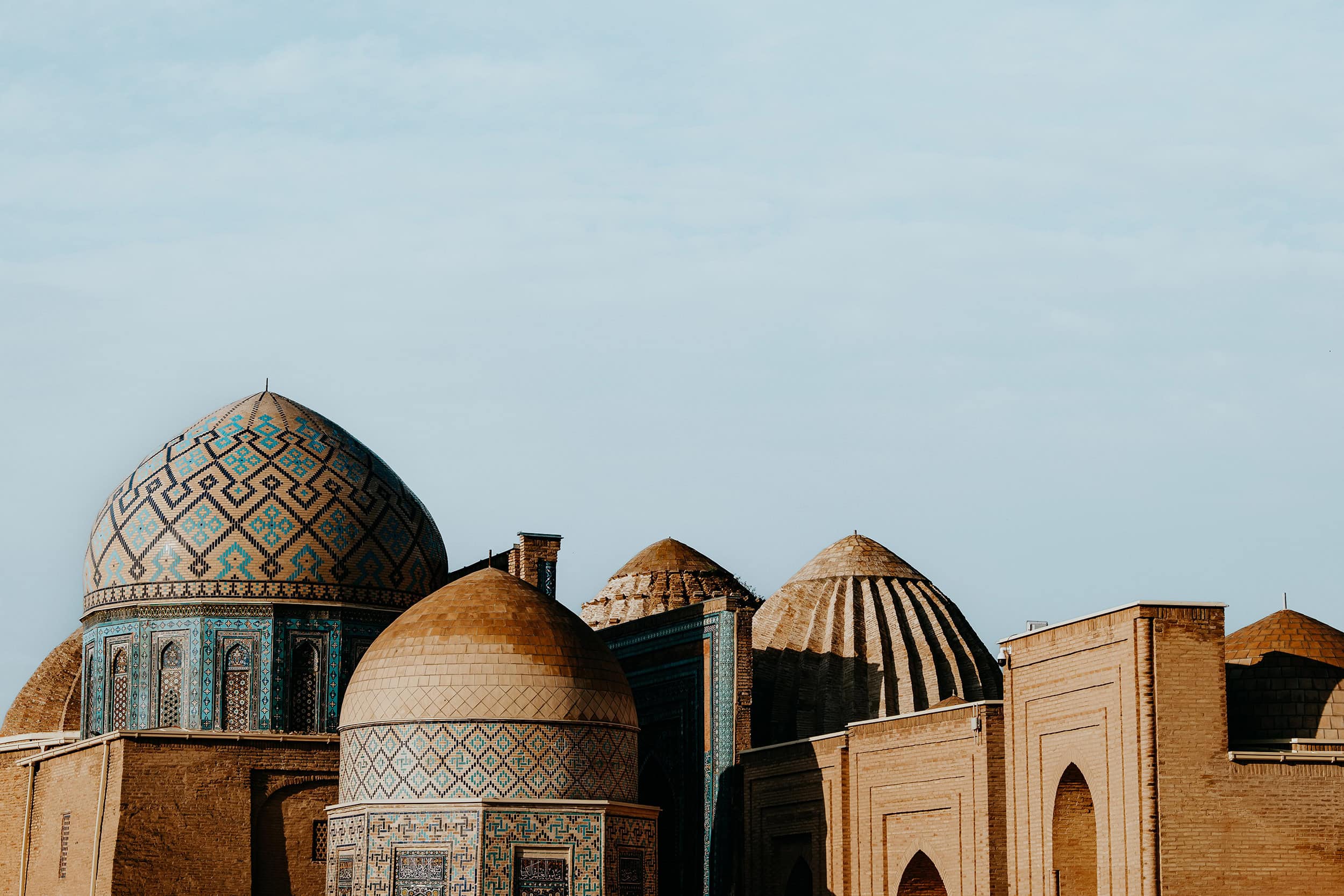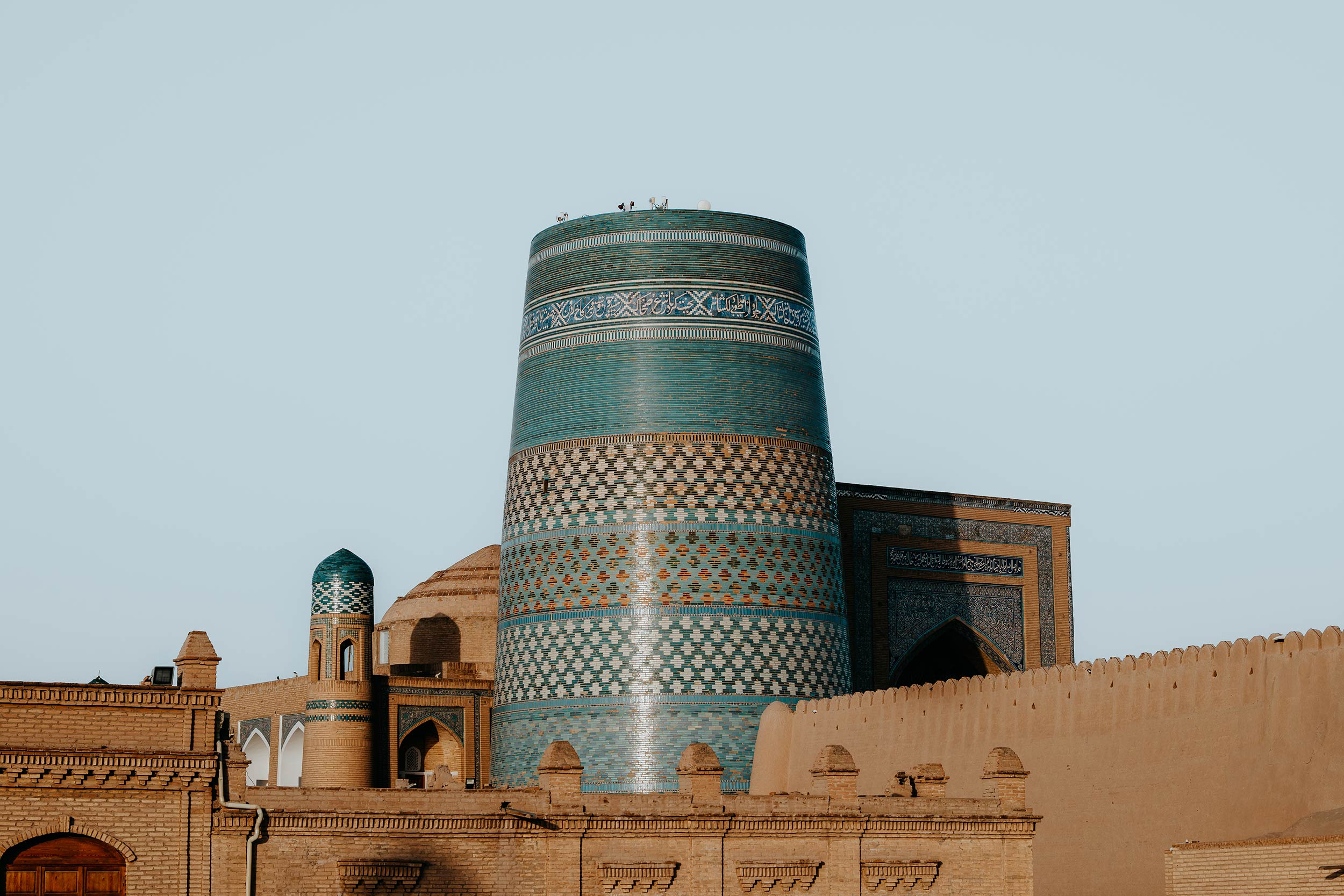Once an essential stop along the ancient Silk Road, Khiva is an appealing city that offers a unique glimpse into Uzbekistan’s rich and captivating historical and cultural heritage.
Nestled in the secluded Khorezm region in the very West of Uzbekistan, the UNESCO-listed Itchan Kala is in many ways like an open-air museum, with intriguing architecture, maze-like alleyways, and an overall mesmerizing feel, which tends to transport visitors back to a bygone era.
Said to be founded roughly 2,500 years ago, Khiva was considered the epicentre of all things trade, knowledge, and craftsmanship. While Khiva’s golden age as a trading hub may be long gone, its authentic charm is stronger than ever.
From the ornate courtyards of the Tash Hauli Palace to the stunning views obtained from the Khuna Ark, from savouring traditional Uzbek cuisine in one of the rooftop restaurants to roaming around the time-worn streets of Itchan Kala, Khiva is utterly fascinating and a glimpse of its rich and captivating past is found at just about every corner.
Since Khiva is located somewhat out of reach of the other Silk Road cities of Samarkand, Bukhara, and Tashkent, travellers tend to lack the additional effort it takes to travel to Khiva – which I believe is an absolute mistake – as Khiva was by far my favourite in Uzbekistan.
For that reason, I proudly advocate doing everything possible to implement Khiva in your Uzbekistan itinerary – trust me, this underrated gem is everything you imagined the Silk Road to be during its prime days.
Here’s my in-depth guide to the best things to do in Khiva, Uzbekistan, including my personal take on how to visit, where to stay, when to visit, and how to get there, as well as a few first-hand tips that will make the most out of your time here.
If you choose to use any of the links on this page, I may receive a small commission at no extra cost to you. By using these links, you’ll have a direct impact on WTSW and my ability to continue to create free insightful travel content for you. If you find any of my tips useful, you can support me by buying a virtual coffee here.
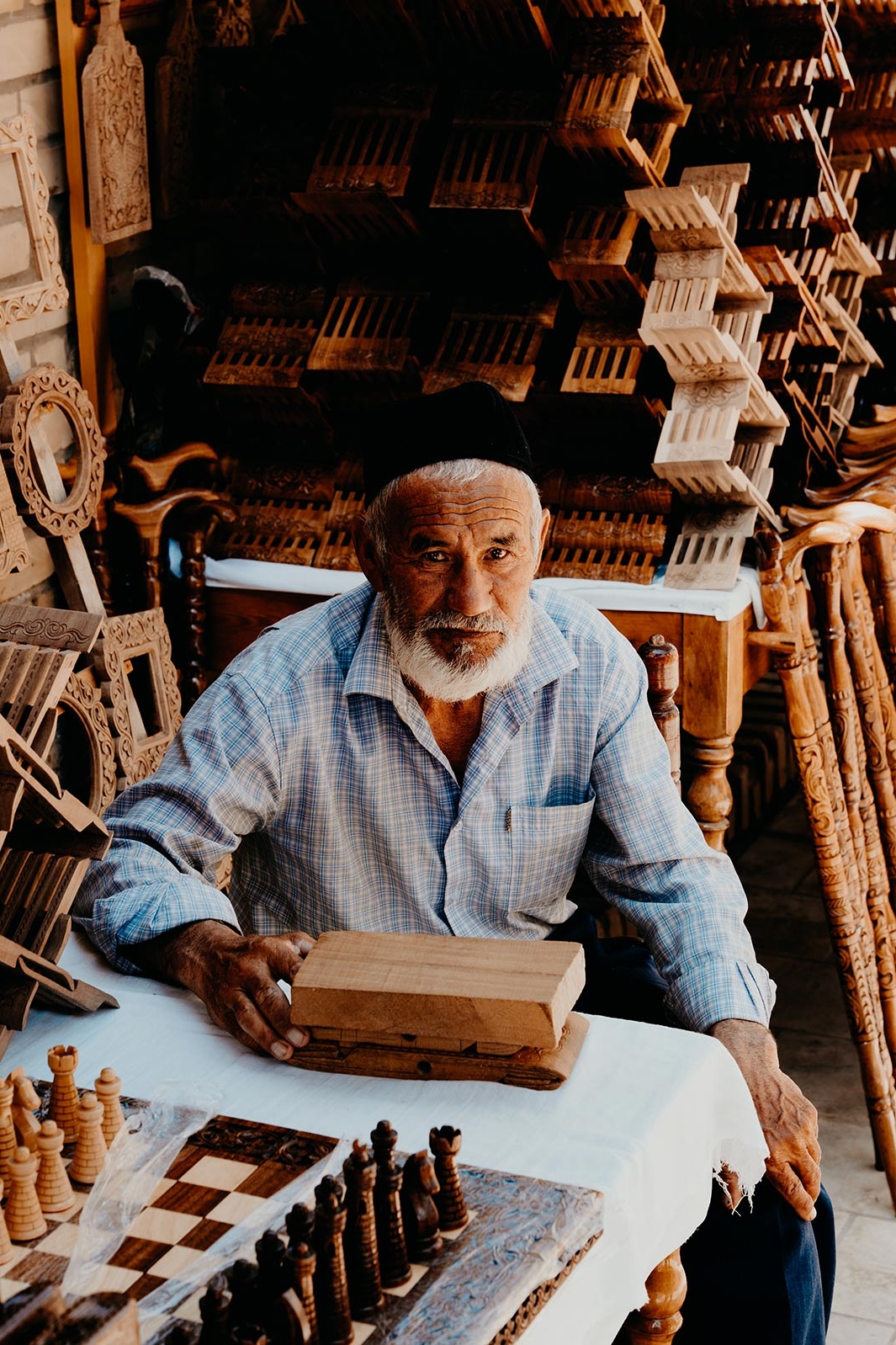
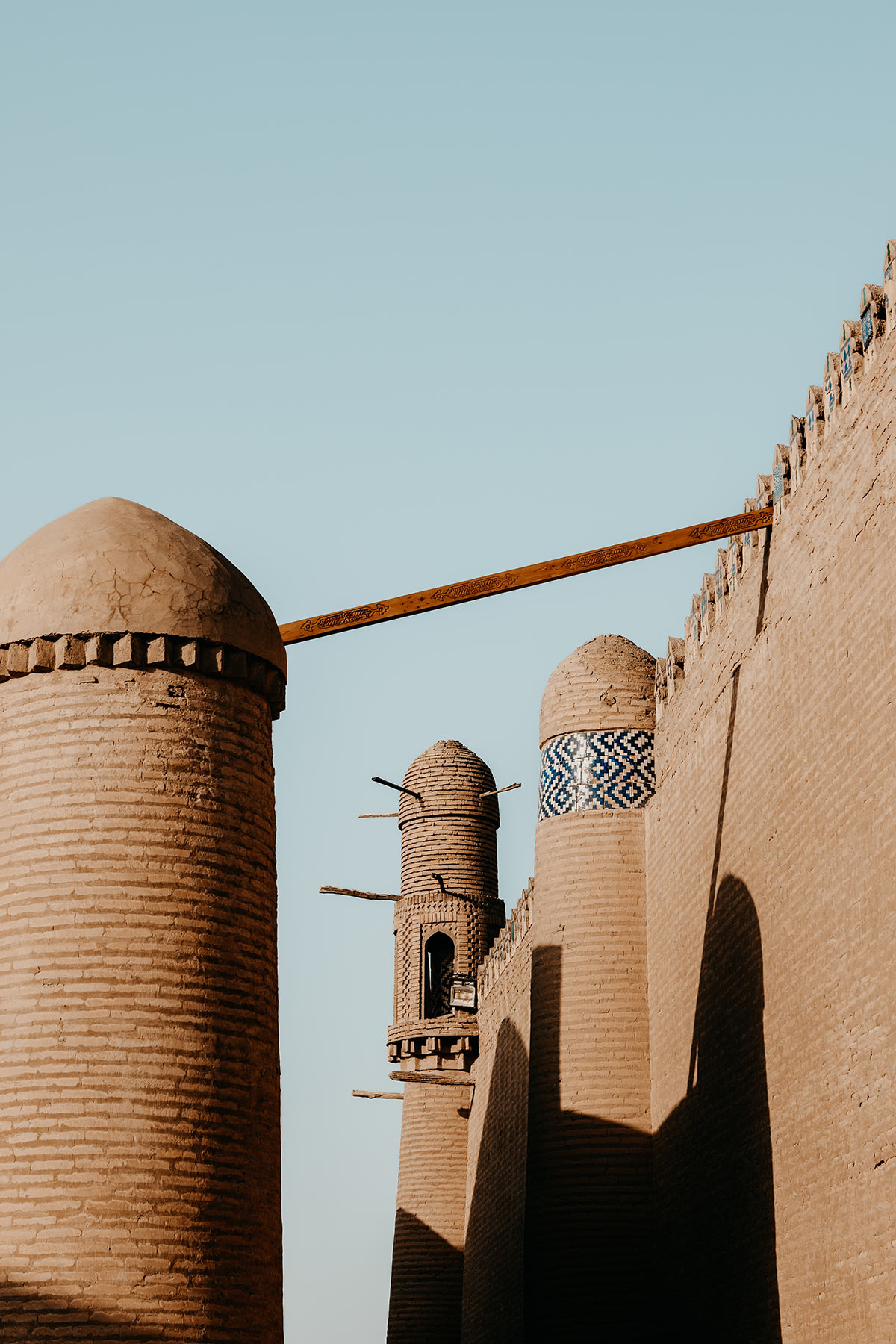
Where is Khiva
Khiva is located in the heart of a vast oasis in the Khorezm region in the far West of Uzbekistan and has long been one of the most important trading hubs along the ancient Silk Road, the famous trade route that linked the East with the West.
As one of the best-preserved civilizations from the Silk Road era, Khiva was inscribed as a World Heritage Site in 1990, which made it the first UNESCO site in Uzbekistan.
Today, Khiva is home to roughly 93,000 inhabitants, of which, 3000 still live within the age-old walls of Itchan Kala, also known as Khiva Old Town.
Where to stay in Khiva
Given the rapid rise in tourism to Uzbekistan over the last few years, there is no shortage of excellent accommodation options in Khiva.
From budget-friendly hostels to ancient madrasahs turned into boutique hotels, Khiva has something for every traveller, regardless of the preferred travel style, budget, or needs.
Orient Star Khiva | What was once an opulent madrasah, has now been converted into Khiva’s most authentic and exciting hotel. Completely designed to complement the original structure, the Orient Star Khiva provides a unique stay with all the modern necessities. It is rated one of the best hotels in Khiva for a reason.
New Star Boutique Hotel | Another great hotel with an authentic look and feel, the New Star Boutique Hotel is set within the madrasah Muhammad Mahram in the heart of Khiva’s Itchan Kala. The hotel offers comfortable rooms with all the amenities one needs, as well as an exceptional breakfast spread.
Hotel Bankir Khiva | If you’re looking for modern accommodation just a short distance away from all the best things to do in Khiva, Hotel Bankir is for you. It shouldn’t come as a surprise that Hotel Bankir is rated a 9.5 on Booking.com, as they offer spacious rooms with air conditioning, great breakfast, and a prime location, all at an affordable price.
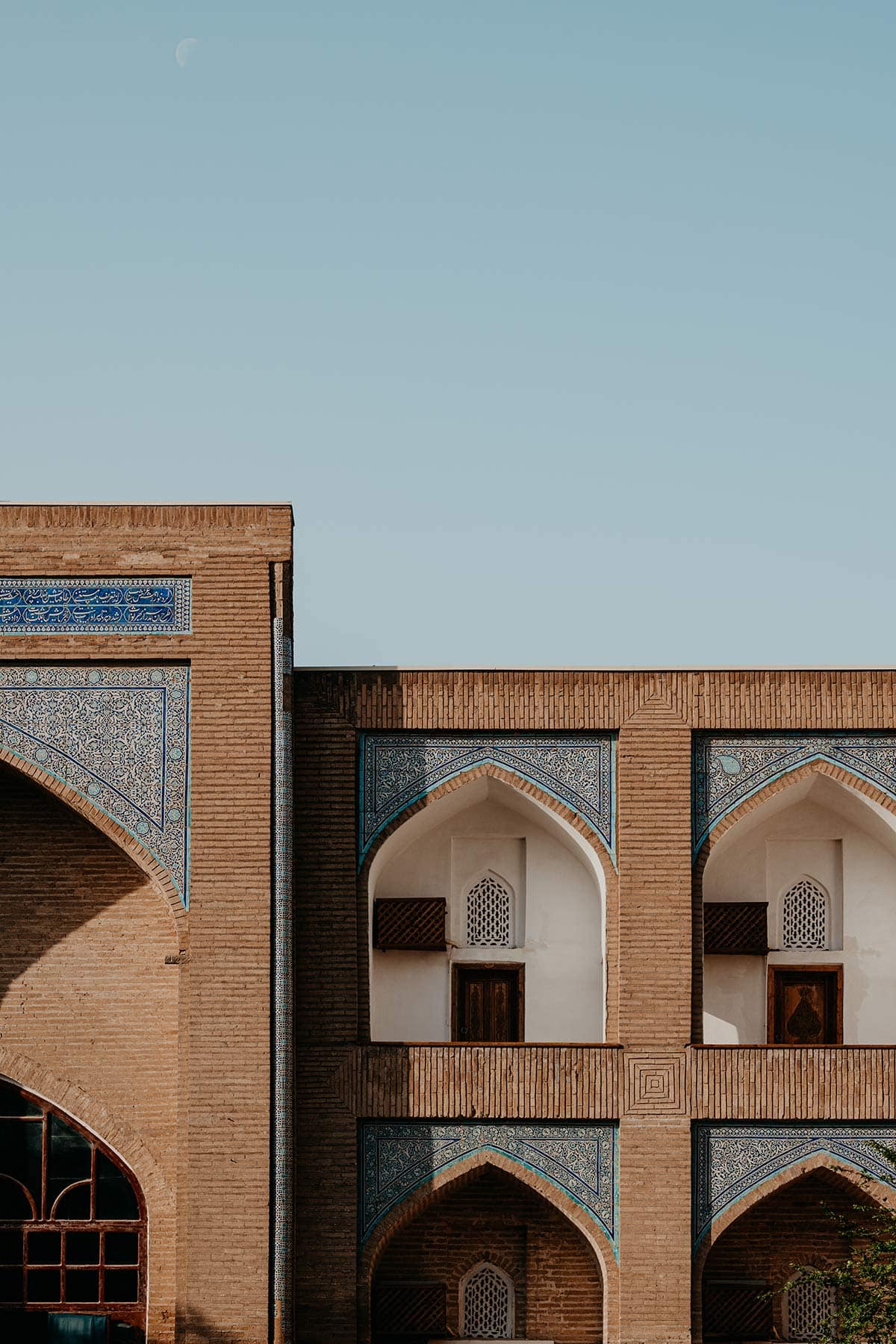
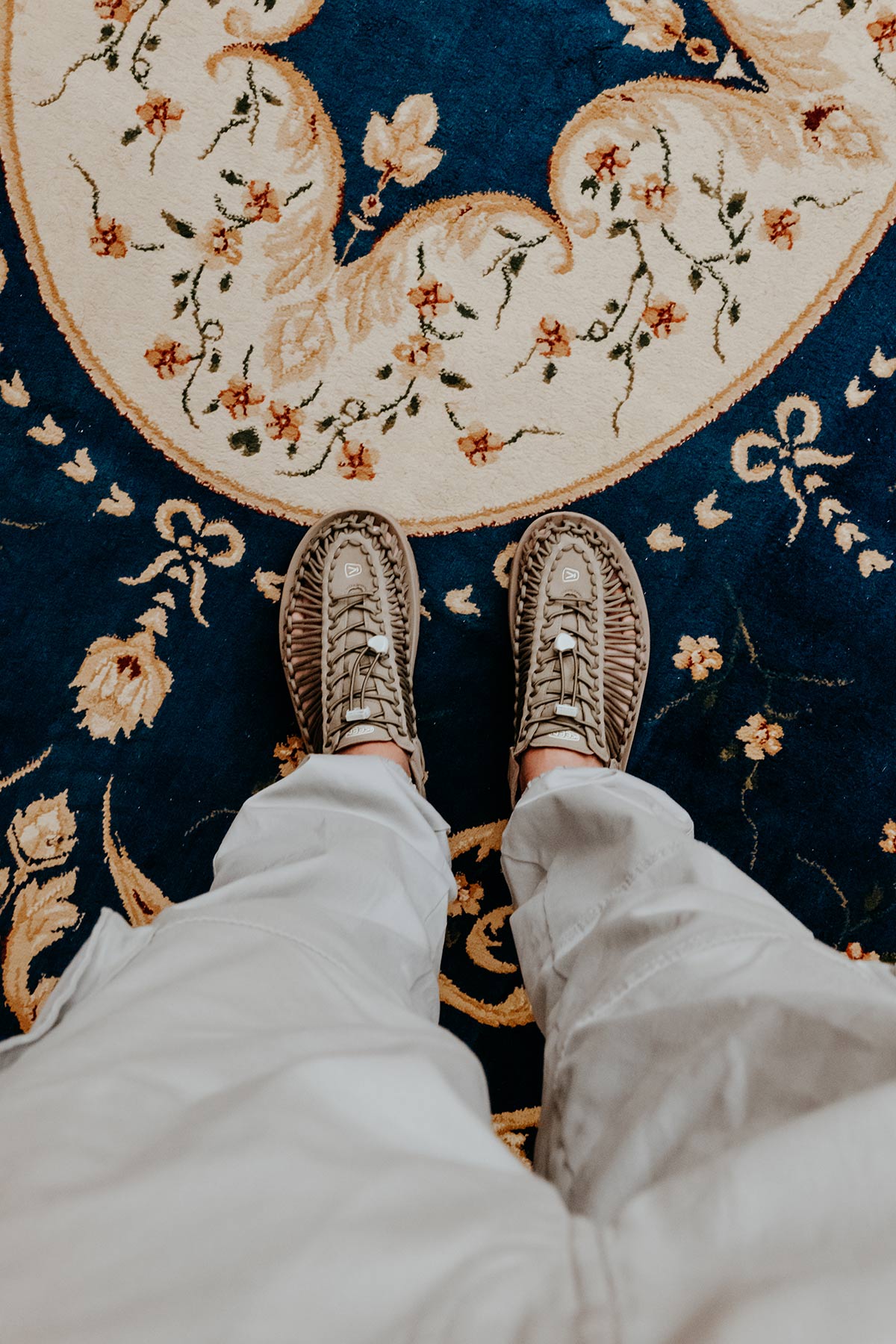
Khiva Entrance Ticket
Given that Khiva’s Itchan Kala is basically an open-air museum, visitors must first obtain a ticket, before they are granted access to the fortified old town.
At the moment of writing, December 2024, the entrance ticket to Itchan Kala is 200.000 SOM (€15,-) per person and is valid for two consecutive days.
Although most sights are included in the Khiva Entrance Ticket, It is worth mentioning that those wishing to visit the Islam Khodja Minaret, Khuna Ark Watchtower, and Pahlavon Mahmud Mausoleum should buy separate tickets to gain entrance to the above mentioned sights.
Entrance tickets come with a QR code and are sold at the west gate. Once you have your ticket, you should keep it with you at all times, as it needs to be scanned individually at all the sights included in the ticket.

11 Things to do in Khiva, Uzbekistan
1. Stroll through the narrow streets of Itchan Kala – Khiva Old Town
Encircled by towering mud-brick walls, Itchan Kala is what I believe to be the best possible representation of how the Silk Road must have been during its heydays, and wandering around the time-worn streets is truly something spectacular.
Given Khiva is deemed one of the best-preserved legacies of the Silk Road era, the heart of this stunning, UNESCO-heritage-declared old town offers visitors a rare and unforgettable glimpse into a world that feels left untouched for centuries.
As you pass through the gates, you step into a completely different reality, with labyrinths of narrow alleyways, stunning architectural masterpieces, and an ever-present ambience that is tough to describe, yet truly authentic and mesmerizing in every sense of the word.
Since Itchan Kala is rather compact, I believe it’s best explored on a roam without a plan, so you can fully appreciate its distinctive nature, while opening yourself up to the unique rhythm of daily life and authentic little moments that make this old town oh-so-special.
However, if you’re planning to tick off all the highlights, having some sort of structure is essential to make the most out of your time here.
Some sites to keep an eye on include:
- Khoja Minaret
- Kalta Minor Minaret
- Islam Kodja Madrassa
- Allakuli Khan Madrassah
- Palvan Gate
- Zindan
- Sayid Allauddin Mausoleum
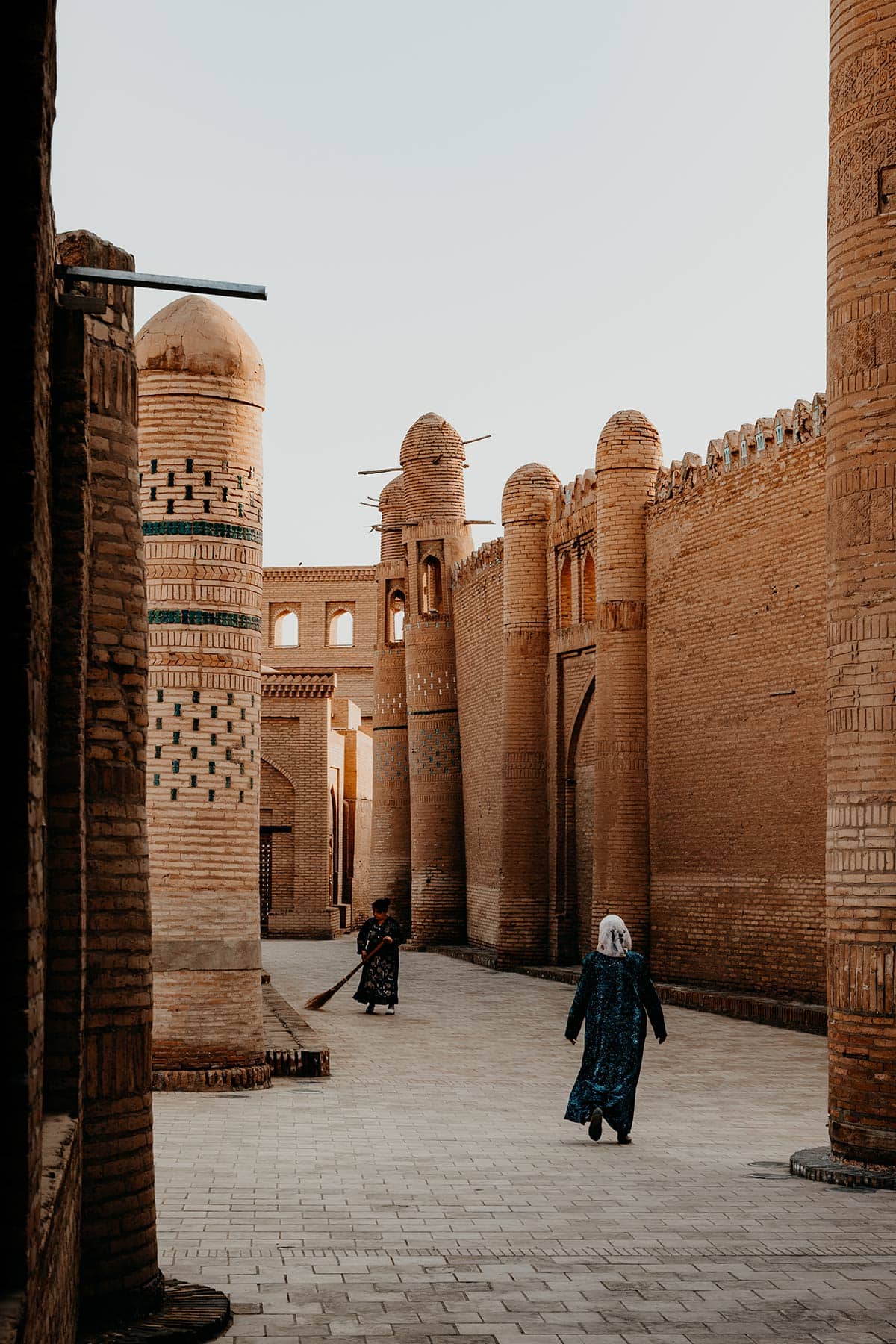
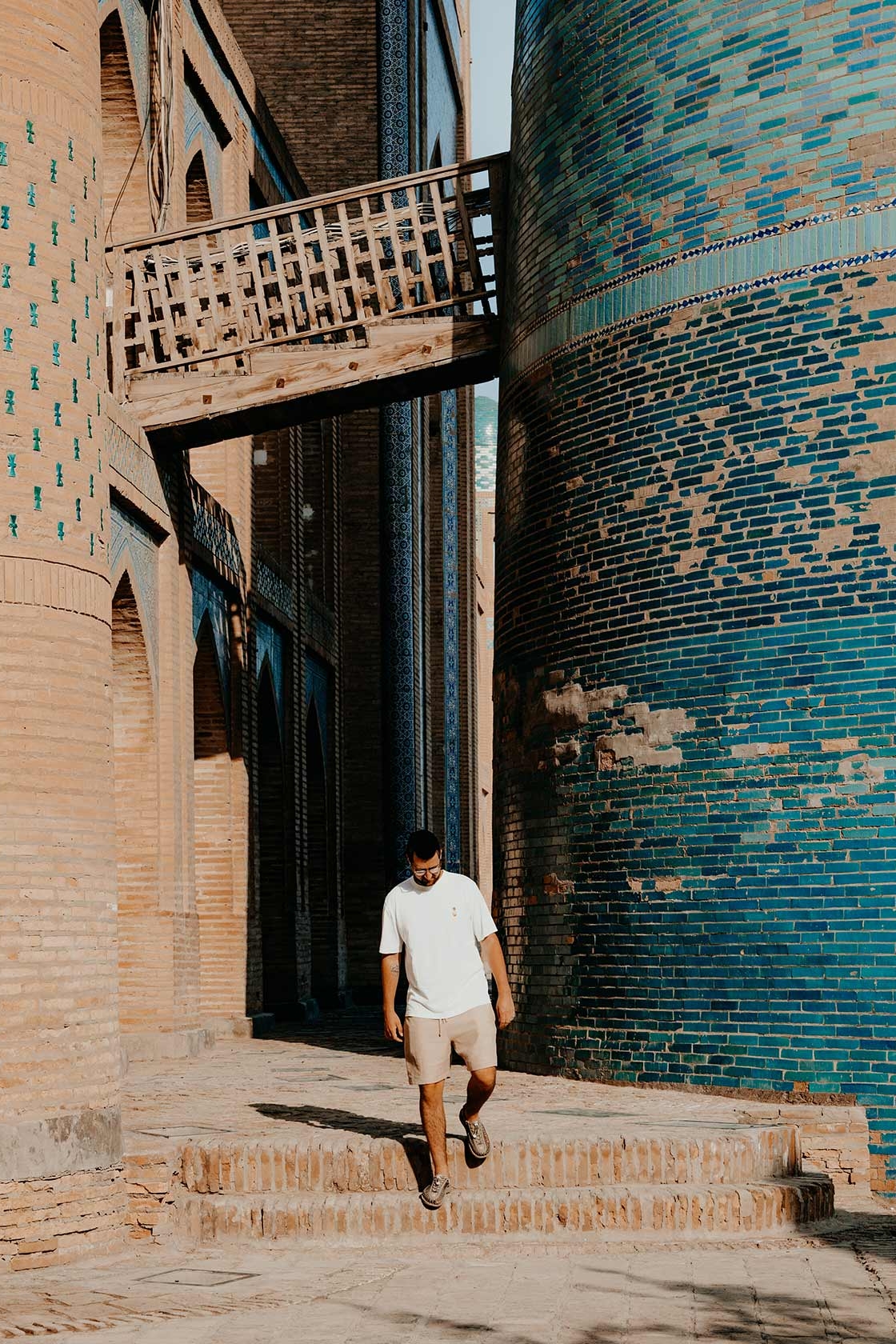
2. Watch over the old town from the watchtower at Khuna Ark
Once the residence of Khiva’s rulers, Khuna Ark stands as a symbol of power, wealth and protection, and was basically built as a fortified stronghold within an already fortified town.
First constructed in the 12th century in the order of Ok Shaykh Bobo, then further evolved under the Khans in the 17th century, Khuna Ark is still very much a place of great significance, with several noteworthy buildings one can behold.
Today, much of Khuna Ark’s structures date back to the reign of Arang Muhammad Khan.
Even though Kuhna Ark is stunningly beautiful as a whole, there’s one particular point of call that truly draws the attention here; the Ak-Sheikh Bobo watchtower.
You see, watching over Itchan Kala from the watchtower, was in many ways, one of my absolute favourite things to do in Khiva, as the panorama views from the top are nothing short of amazing.
Planning-wise, I’d highly advise trying to get to the watchtower an hour before sunset, so you have a clear indication of your surroundings, which makes it easier to find the ideal spot from which you’ll witness the golden hour light up Khiva’s intricate turquoise-domed mosques, towering minarets, and iconic mudbrick structures.
Where | Kuhna Ark
Opening hours | Daily 0900 – 1700
Entrance Fee | Kuhna Ark is included in the Itchan Kala entrance ticket
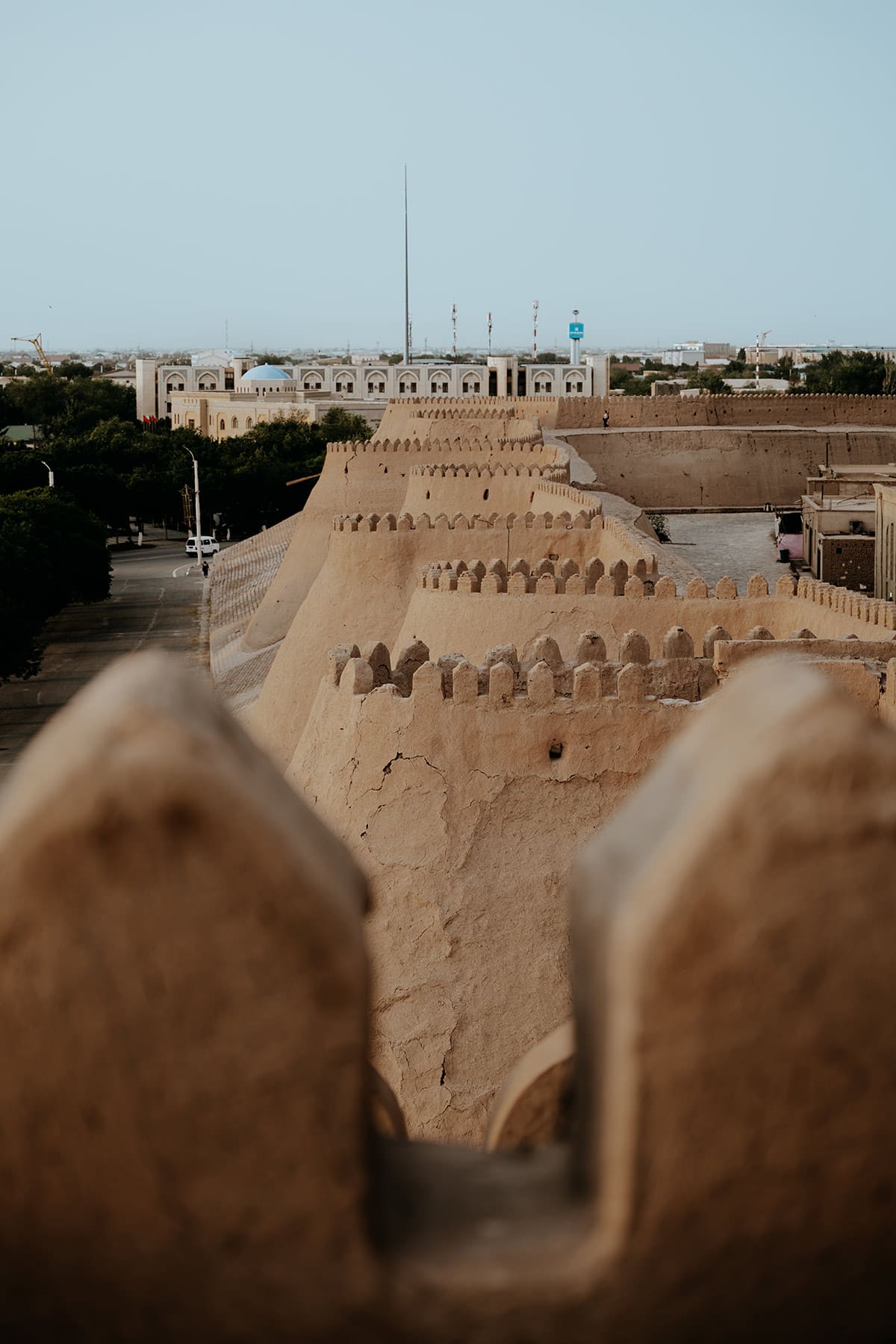
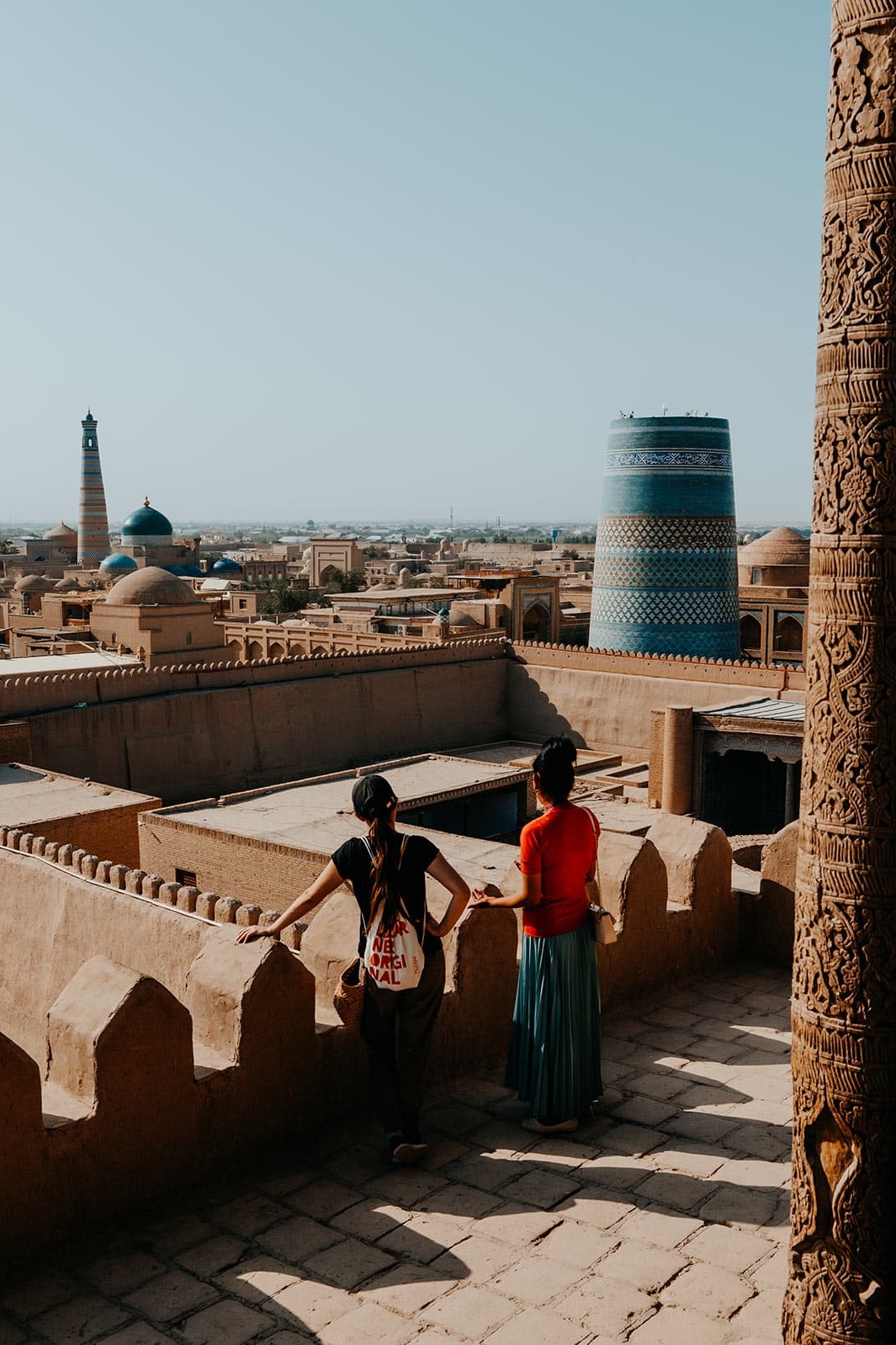
3. Visit the Jumaa Mosque – the Friday Mosque
Built right on top of the ruins of an older mosque, the Jumaa Mosque, also known as the Friday Mosque is a stunning mosque that provides an oasis of calm away from the hustle and bustle often found in the laneways of Itchan Kala.
For me, the best thing about the Jumaa Mosque is the fact that it doesn’t look like anything noteworthy from the outside, given its ordinary mudbrick walls give little away in contrast to other more opulent mosques found in Uzbekistan.
Yet stepping inside instantly reveals why the Jumaa Mosque is as remarkable as it is.
Made up of anywhere between 212 and 218 wooden columns (I can’t state the exact number), aligned in a way commonly done in ancient Arabian mosques, this mosque is simple, minimal, yet truly mesmerising – there’s just something magical about the perfectly aligned columns and the play of light they produce.
The columns themselves are carved to perfection by hand, each representing intricate patterns reflecting different periods in time, some of which have been there since the Mosque’s origins in the 10th century.
As one of the best things to do in Khiva, I’d recommend visiting the mosque first thing in the morning, when the peace that defines Jumaa triumphs, and masses of tourists have yet to arrive.
Where | Jumaa Mosque
Opening hours | Daily 0900 – 1800
Entrance fee | Included in the Itchan Kala Entrance Ticket
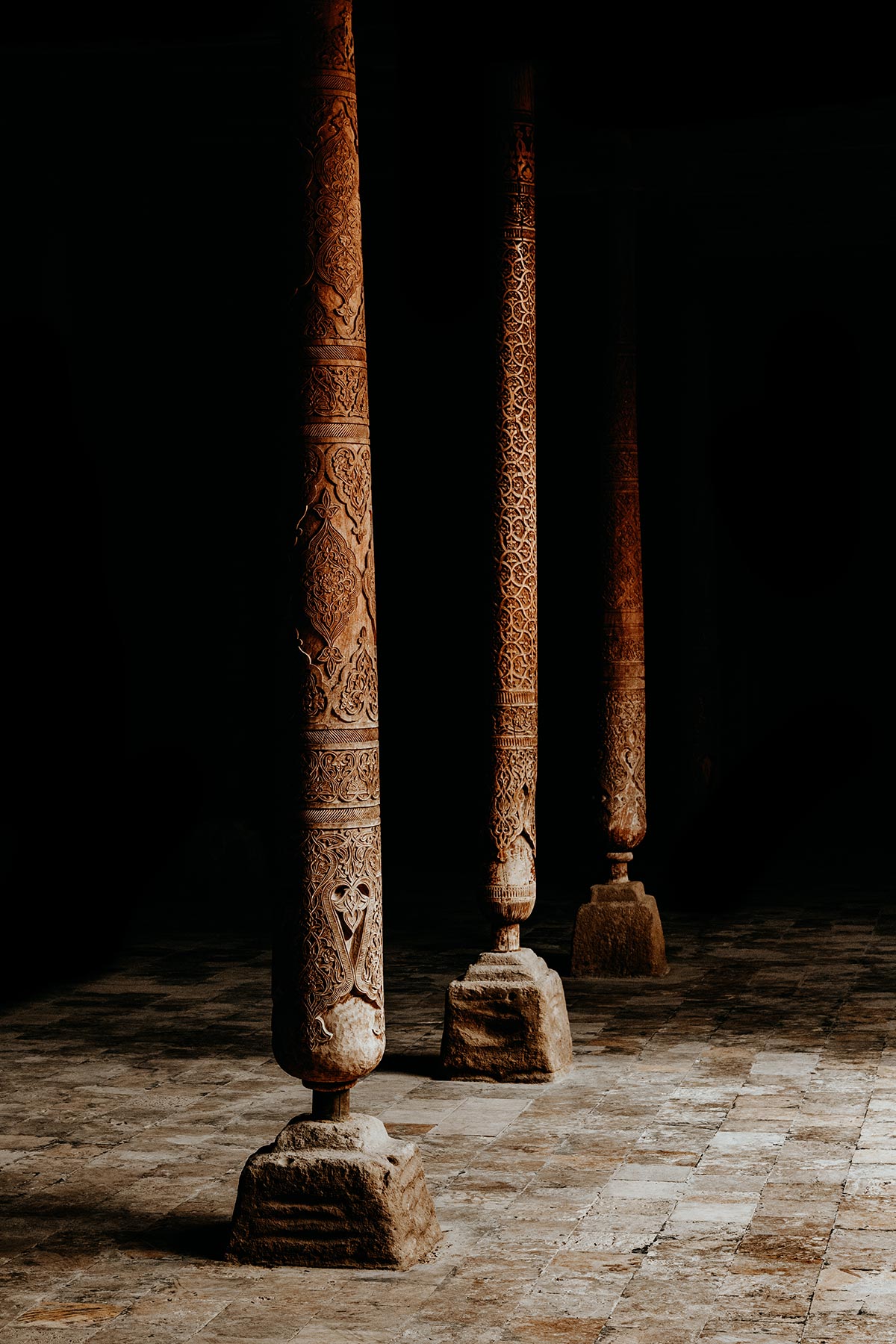
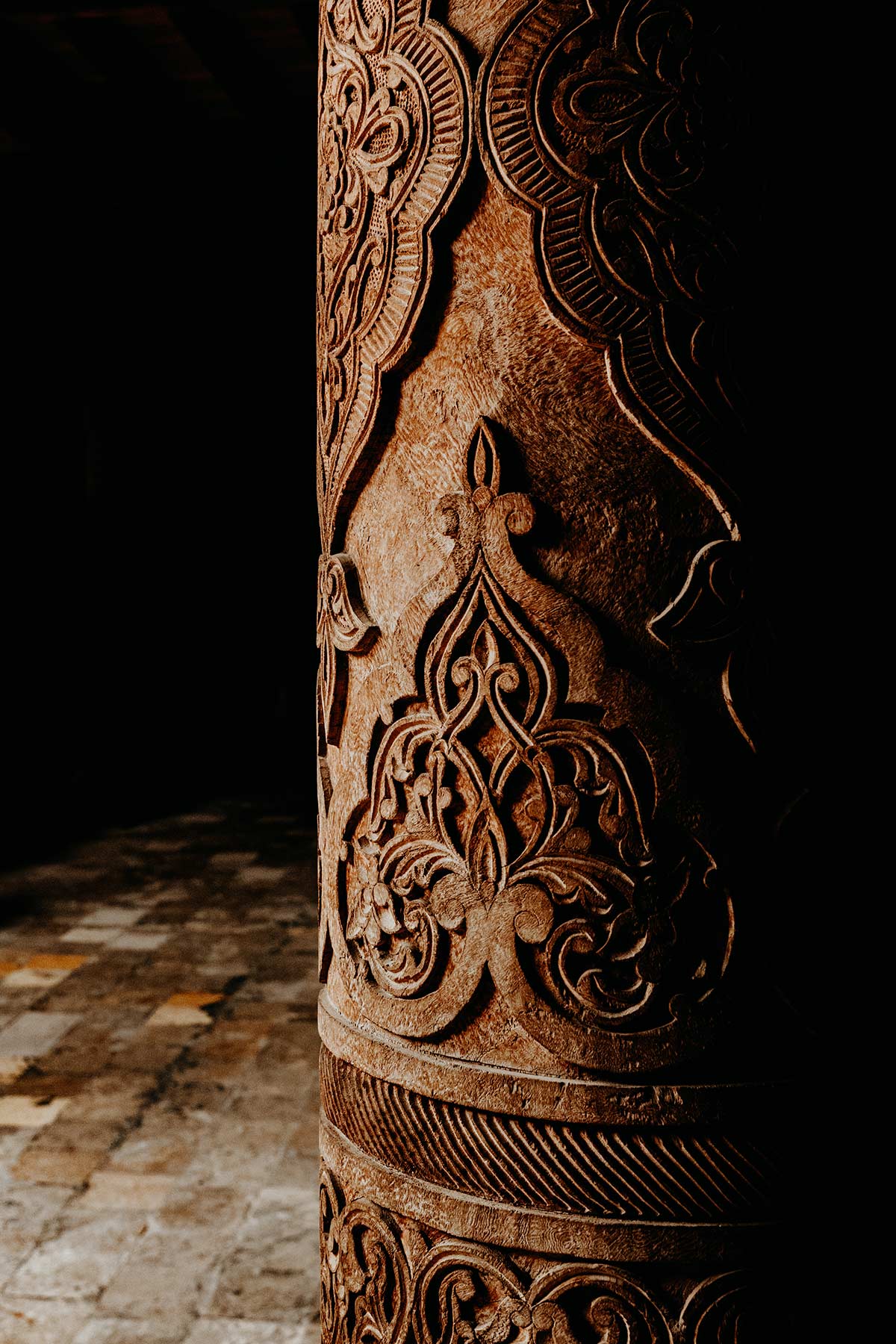
4. Take a look at Suleymon’s wood carvings store
One thing that starts to intrigue me more and more during my travels, is getting to witness amazing local craftsman go about their business.
So when I stumbled upon a small wood carving store in the backstreets of Khiva’s stunning Itchan Kala, I was super excited to see the artisanal process of traditional Uzbek woodcarving up close and personal.
With a background in carpentry myself, I naturally get drawn to this form of art, and when Suleymon kindly invited me into his store, I somewhat relived my brief time as an artisanal woodworker.
You see, Suleymon dedicated a fair share of his life to his craft, which resulted in an insanely high level of craftsmanship, and in turn, the most stunning wood-carved objects, each completely unique and defined by exceptional craftsmanship.
But Suleymon’s wood carving store is not just a great place to learn traditional Uzbek wood carving techniques; it is also the perfect place to buy a unique souvenir or a gift for your loved ones, which is exactly what I did myself.
Where | Suleymon’s Woodcarving Store
Opening hours | I am not completely sure if Suleymon works on a fixed schedule
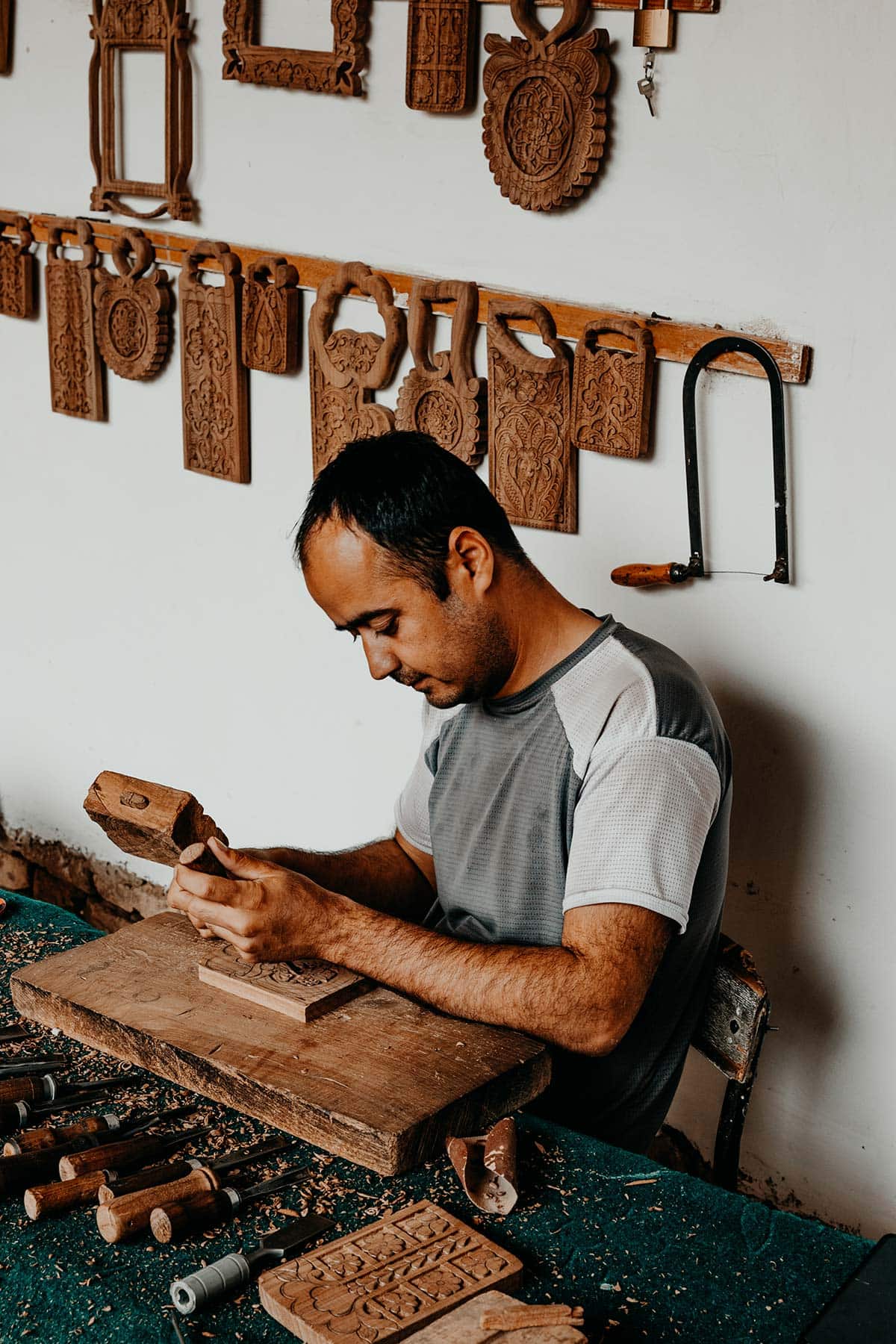
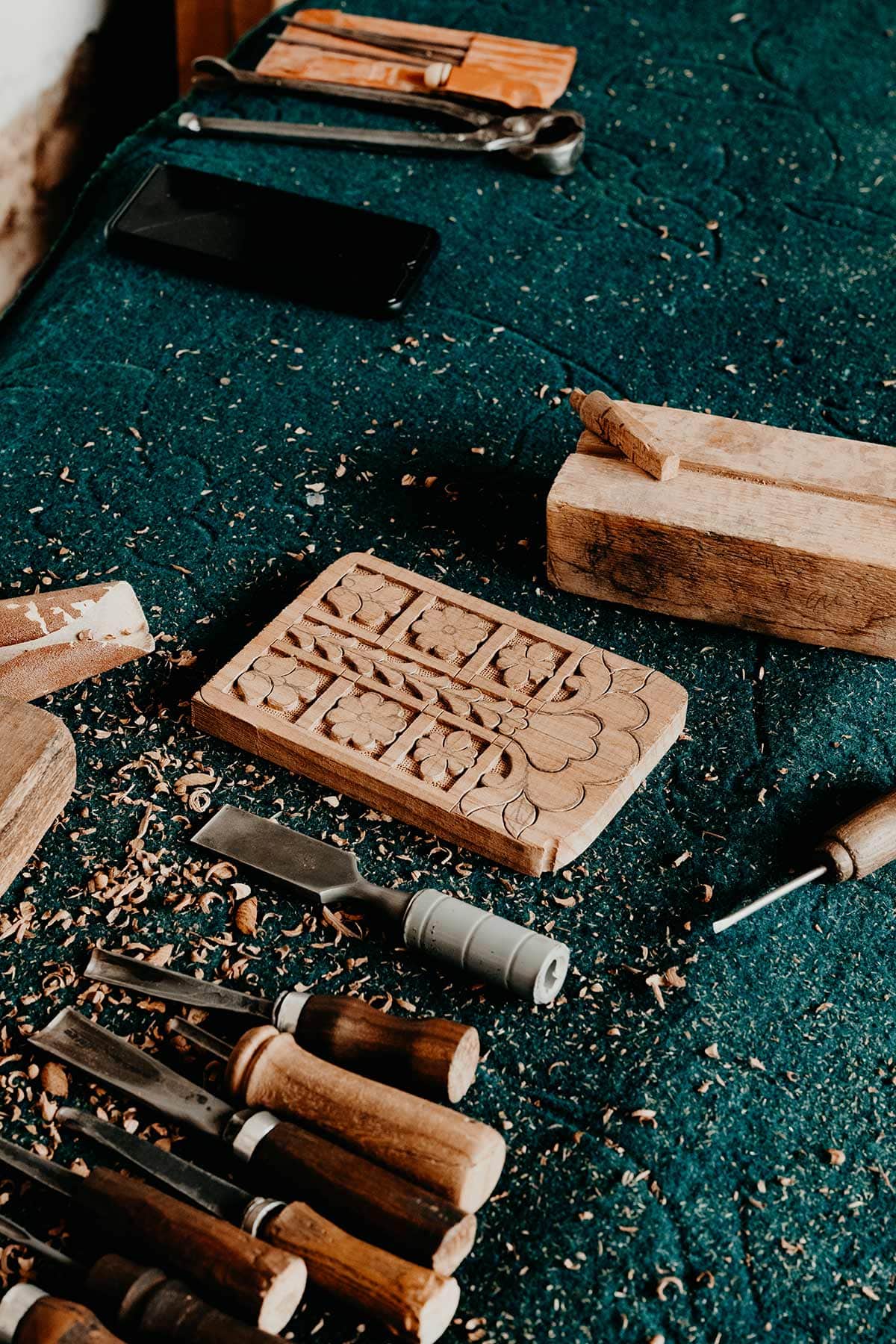
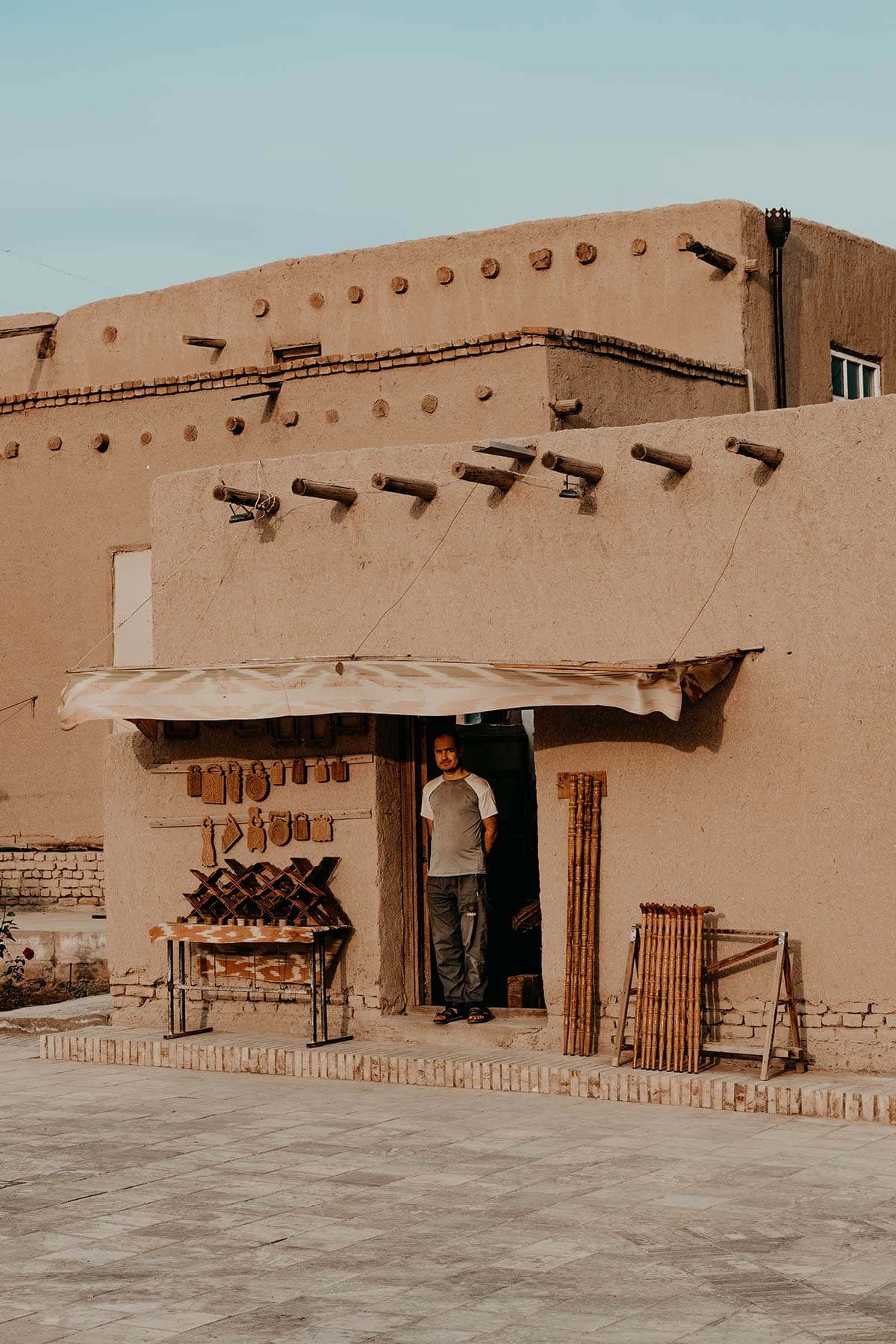
5. Admire the intricate decorations of the Tash Hauli Palace
Built as the residence of Allakuli Khan, this palace had one clear objective; to outshine every other palace in Central Asia, which it managed to do pretty well if you ask me.
With intricately painted ceilings, stunning geometric patterns, and a vibrant colour palette on just about everything that is touched by the light, the Tash Hauli Palace is as pretty as any I’ve visited in Uzbekistan.
Exploring the Tash Hauli Palace is a great opportunity to step into the lavish world of Khiva’s prosperous, royal past, as it displays breathtaking artistry and architecture throughout the palace.
Something to keep your eye out for are the complex, yet beautifully decorated ceilings, as each design reflects the magnificent craftsmanship of the hands that created them.
The palace is absolutely impeccable, and its mix of ornate architecture and the calm nature found in its open-air courtyards make for the perfect escape from Khiva’s lively alleyways.
Where | Tash Hauli Palace
Opening hours | Daily 0900 – 1800
Entrance fee | Included in the Itchan Kala Entrance Ticket
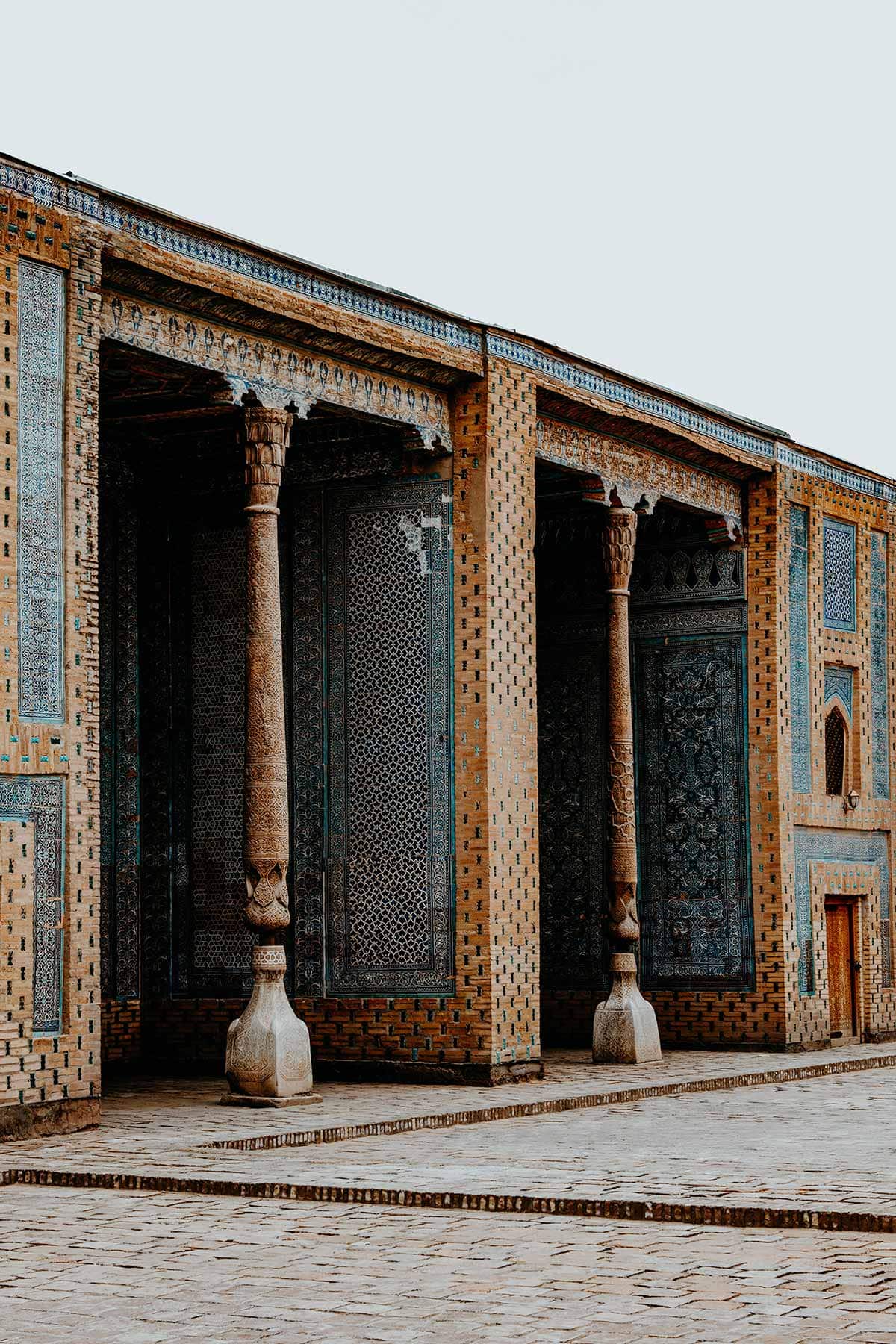
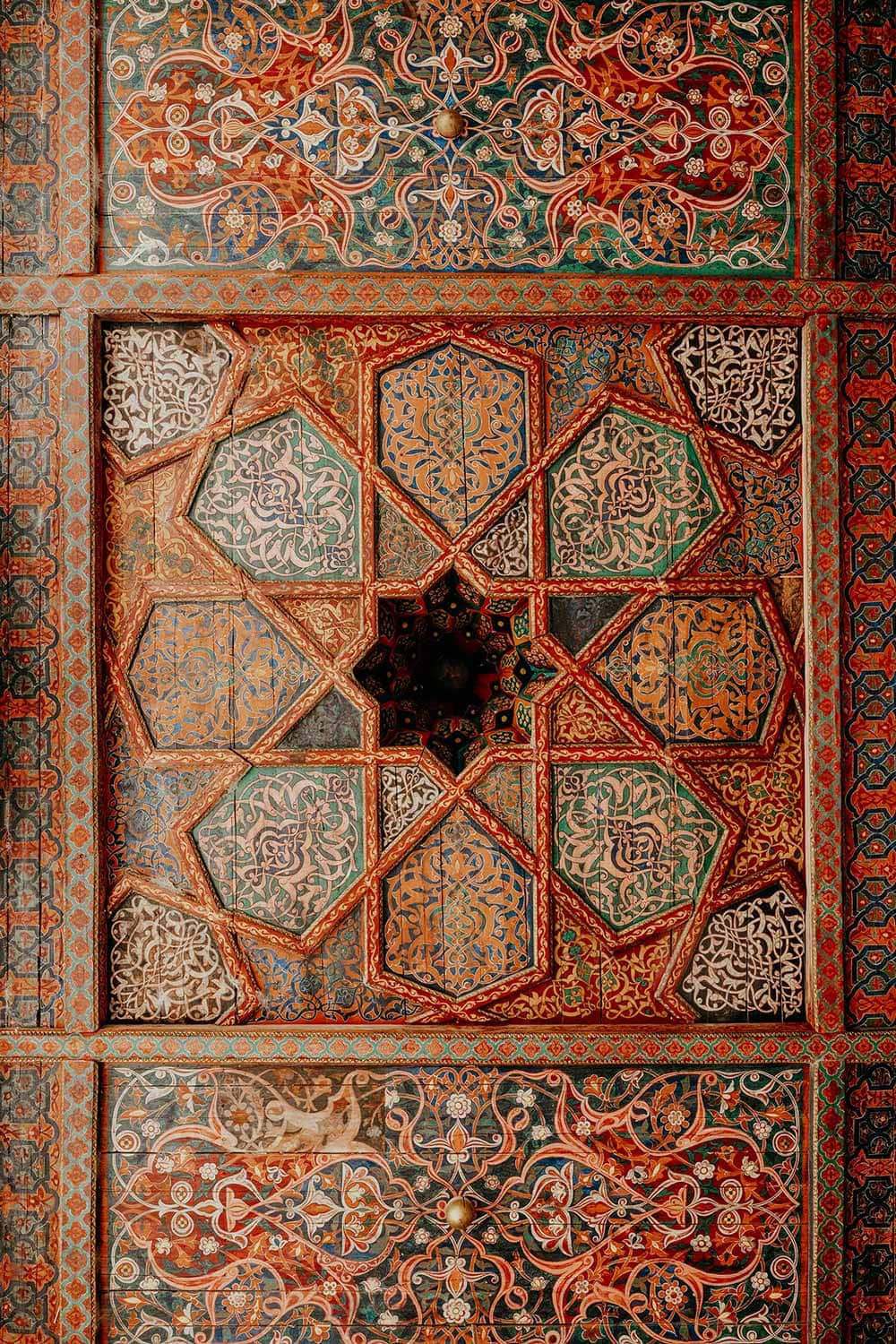
6. Spend a night in the Orient Star Hotel
To wander around the time-worn grounds of an ancient madrasa is one thing, but having the chance to spend a night in such a place is a completely different experience.
Luckily for you, the 19th-century Mohammed Amin Khan Madrasa has now been transformed into Khiva’s most unique hotel, and for me, spending a night here is easily one of the most exciting things to do in Khiva.
In many ways, staying here is like stepping back in time, as the walls around you share and reflect centuries of Khiva’s fascinating history.
Each room is stunning, mostly original and decorated with furniture that doesn’t only compliment the architectural features but also respects the deeply ingrained roots of the madrasa, preventing it from losing its initial charm.
But it is more than simply a place to rest your head, it’s a unique experience that offers a journey into the past, and we should be honoured that we can spend time here.
Its location smack-bang in the heart of Itchan Kala adds to its charm, with the old town right at your doorstep, making Orient Star the perfect base from which to explore Khiva.
Where | The Mohammed Amin Khan Madrasa
Book | Make sure you check out the Orient Star Hotel
Cost | Doubles start at €55 a night
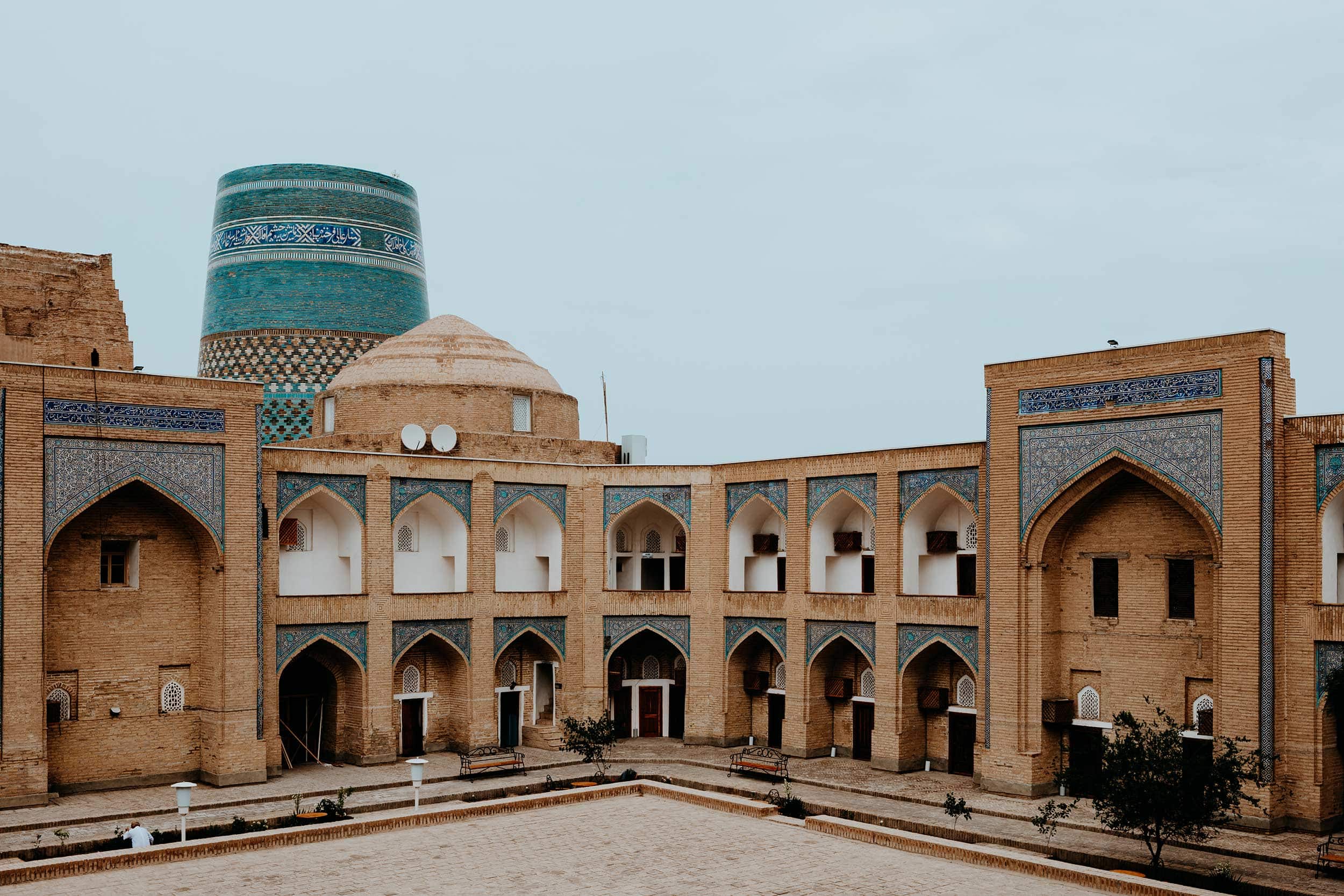
7. Admire the Kalta Minor Minaret
Supposed to become the tallest minaret in Uzbekistan, the Kalta Minor Minaret is unlike other minarets in Uzbekistan, as it was left unfinished due to the sudden death of its initiator Muhammad Amin Khan in 1855.
You see, the base of the minaret, with its 14-meter diameter, was designed so that it was sturdy enough to carry a minaret of an impressive height anywhere between 70 and 110 meters.
Sadly, construction stopped at merely 29 meters, which makes the Kalta Minor Minaret look somewhat comparable to a bodybuilder during the offseason – at least, that’s what I thought when I first witnessed it in person.
All jokes aside, the Kalta Minor Minaret might be far and away from the length it was initially planned to be, but this doesn’t mean it isn’t spectacular.
It is in fact one of the best examples of Uzbekistan’s architectural brilliance, displaying stunning, intricate geometric patterns, while also embodying a captivating story of ambition and prosperity.
Today, Kalta Minor has become one of Khiva’s most iconic landmarks, partly thanks to its history and unusual appearance.
It’s easy to say; imagine how impressive it would have been if it was finished as initiated, but maybe it’s the above story that makes it as captivating as it is – something we’ll never truly know.
Where | Kalta Minor Minaret
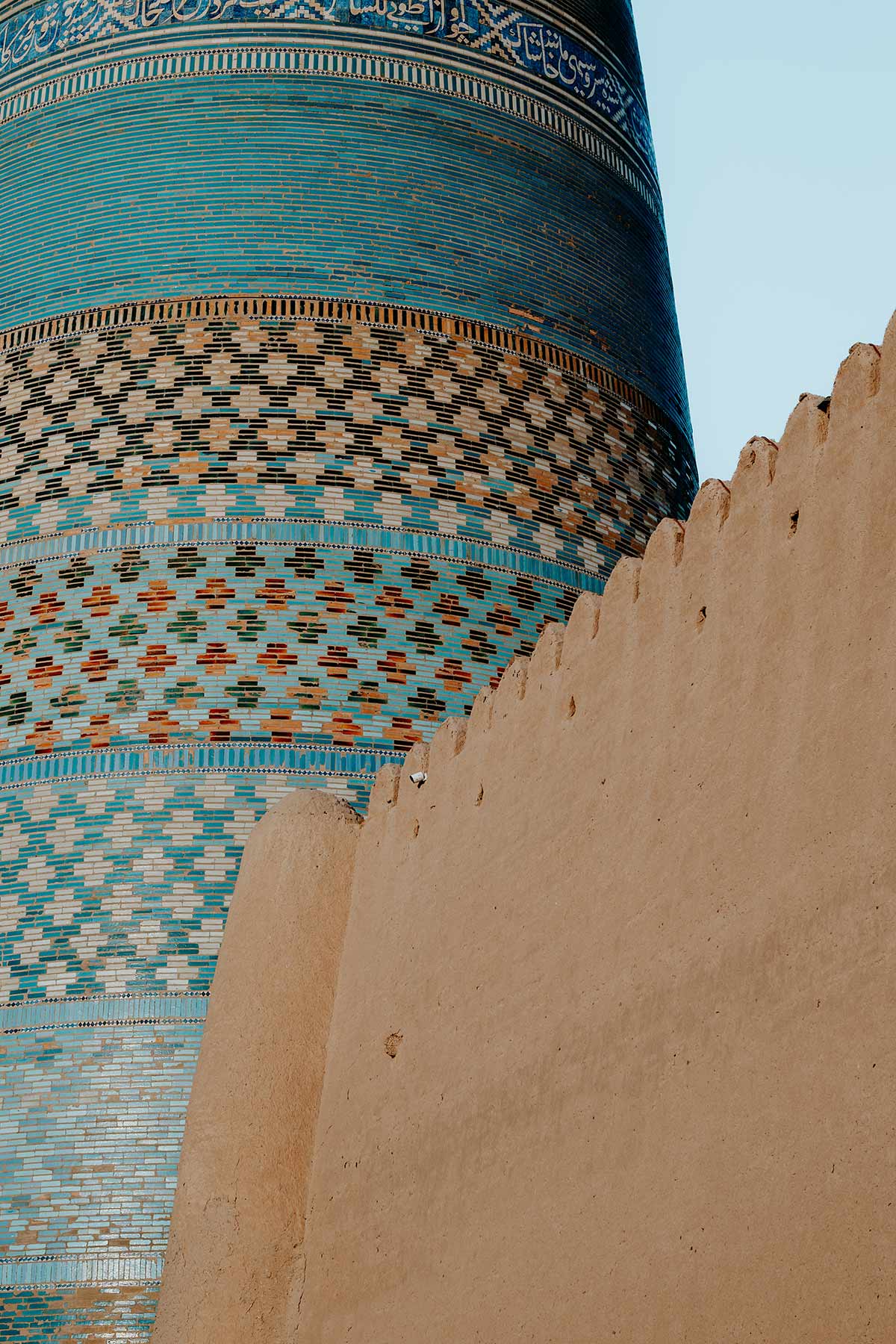
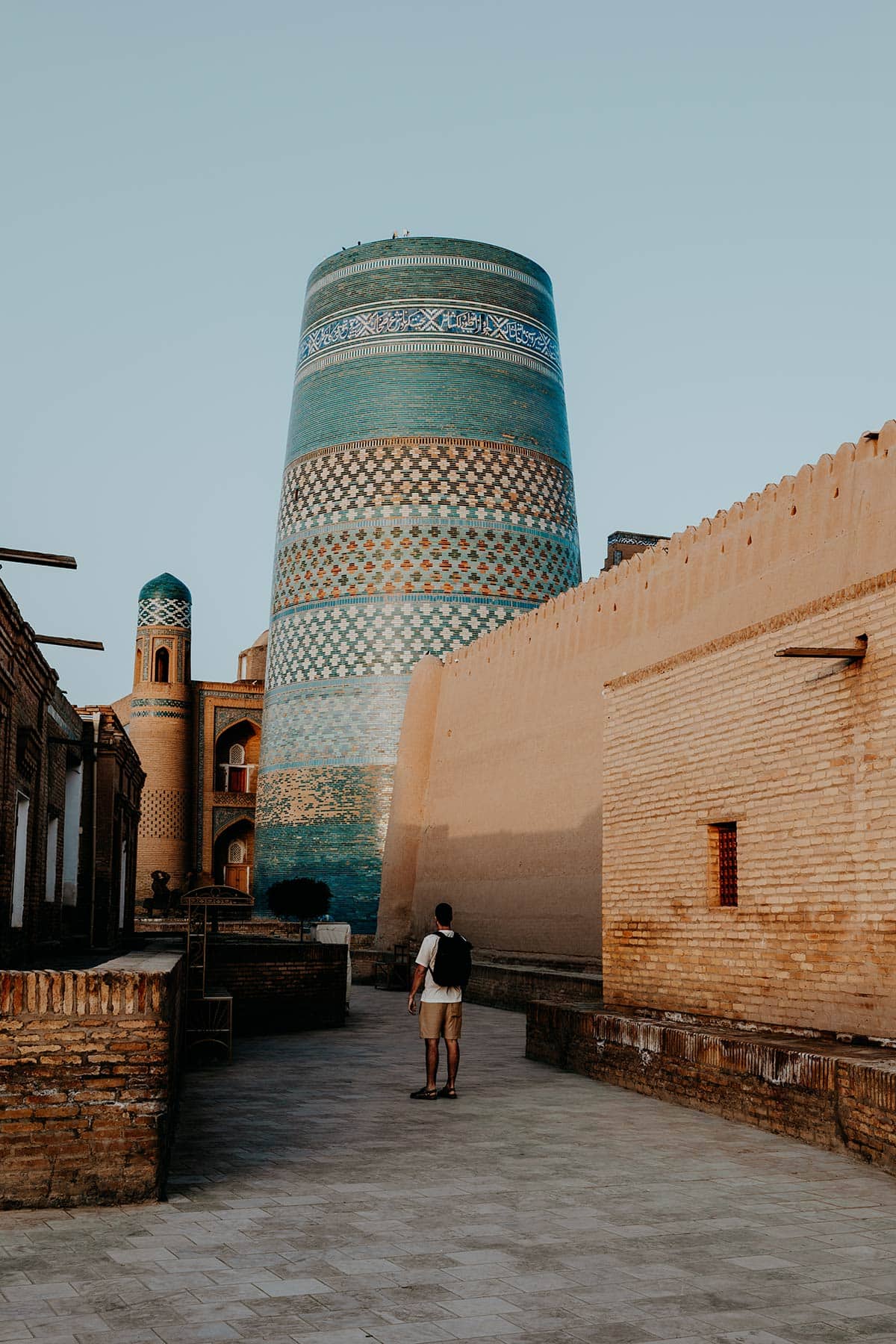
8 | Sample all the Khiva specialities at Zarafshon
I am text block. Click edit button to change this text. Lorem ipsum dolor sit amet, consectetur adipiscing elit. Ut elit tellus, luctus nec ullamcorper mattis, pulvinar dapibus leo.
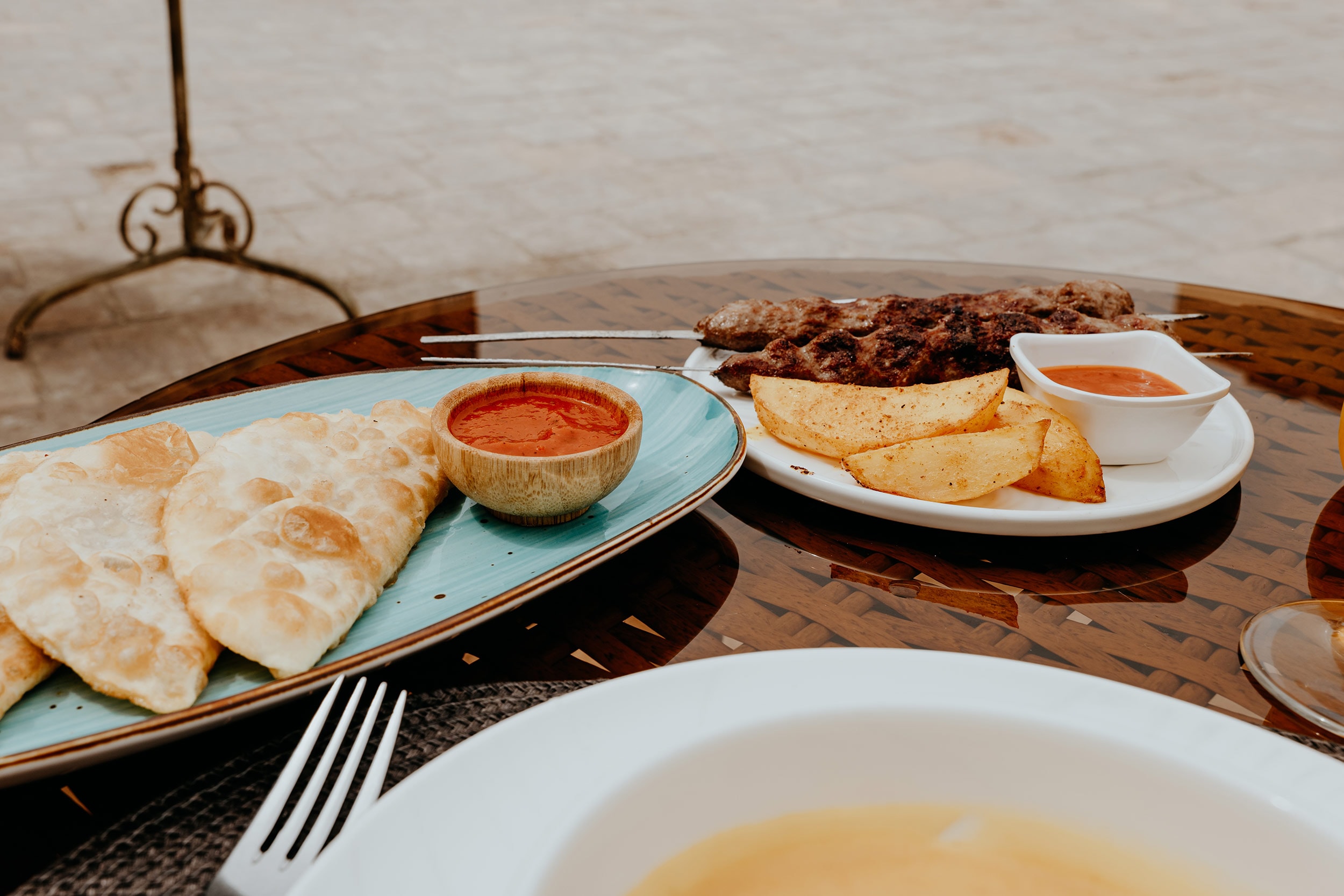
8. Pahlavon Mahmud Mausoleum
Set within the time-worn streets of Itchan Kala is the breathtaking Pahlavon Mahmud Mausoleum, an architectural masterpiece that serves as the final resting place of one of Khiva’s most cherished individuals; Pahlavon Mahmud – a legendary poet, philosopher, wrestler, and patron saint of Khiva.
Defined by its iconic turquoise-tiled dome, this breathtaking mausoleum is insanely beautiful from the inside out, with the intricate interior as its absolute centrepiece.
As soon as you set foot within the Mausoleum, you will be stunned by the most ornate 14th-century Khorezm artistry; think floor-to-ceiling tile work, opulent chandeliers, fascinating woodwork, and an extremely calm and serene atmosphere.
Today, the Pahlavon Mahmud Mausoleum also serves as a spiritual retreat for Sufi pilgrims, with a khanaka for those who seek spiritual solace and guidance.
As always, it’s quintessential to adhere to religious customs, so make sure you take off your shoes while entering the mausoleum, dress appropriately, and be calm and quiet.
It is worth mentioning that the entrance fee to the Pahlavon Mahmud Mausoleum is not included in the regular Itchan Kala ticket. But as one of the absolute best things to do in Khiva, I’d advise you to take that lightly.
Where | Pahlavon Mahmud Mausoleum
Opening hours | Daily 0800 – 2200
Entrance fee | 25.000 SOM (€1,90) per person. Not included in the Itchan Kala entrance ticket.
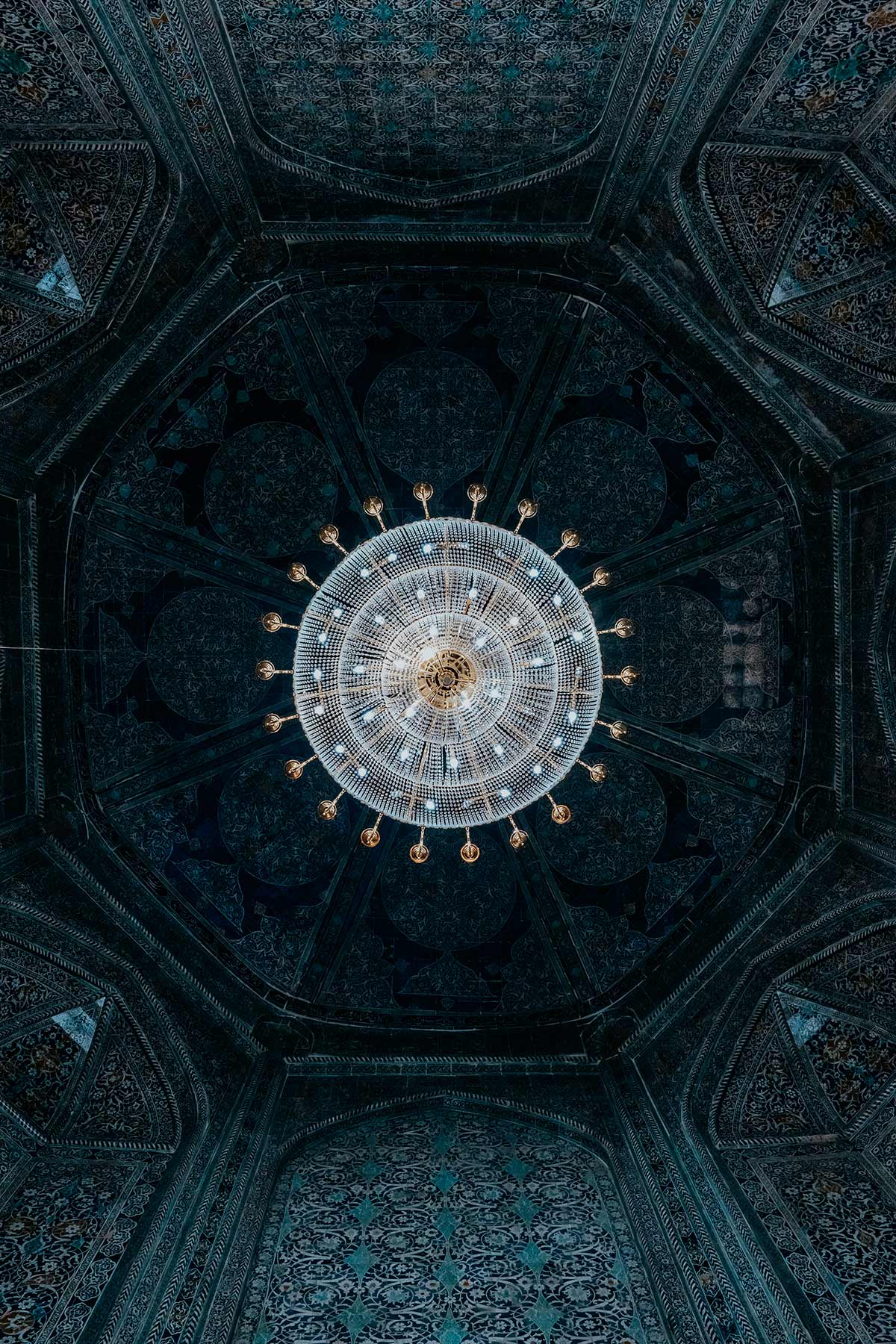
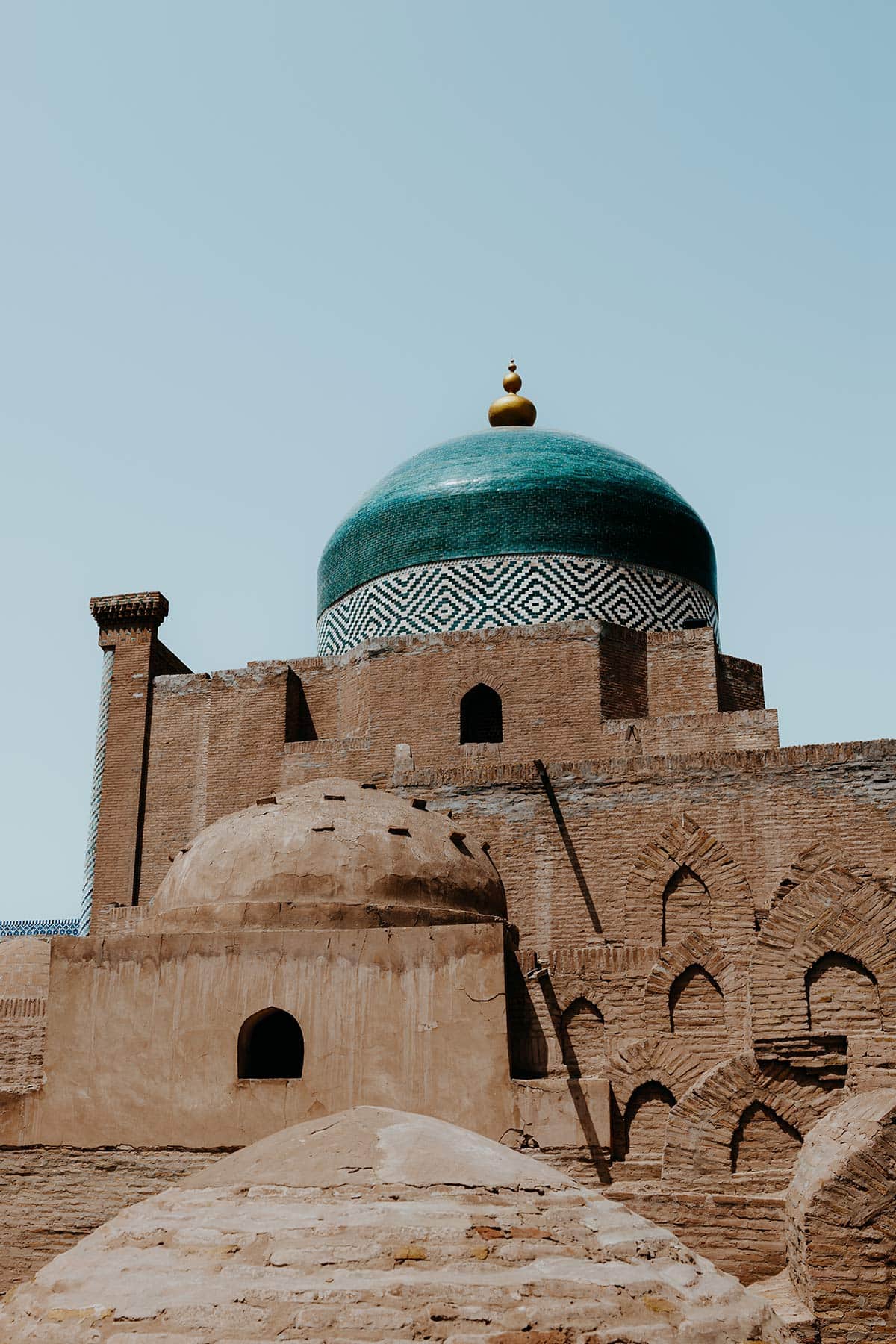
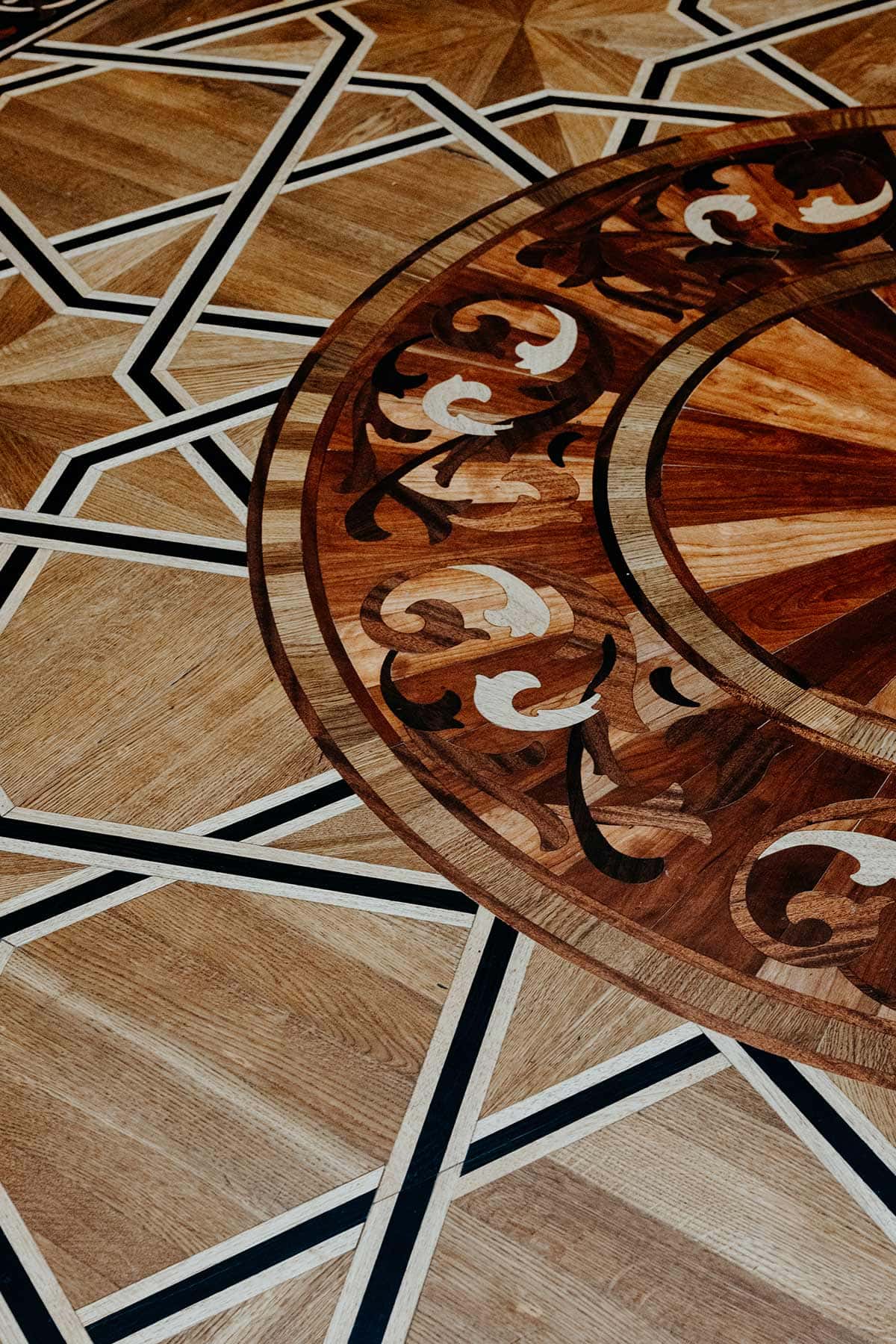
9. Have a coffee with a view at Terassa
Those who have been visiting Where the Souls Wander more regularly will know how much I go out and about to get my hands on a good cup of coffee.
While I have to be honest that coffee and Uzbekistan are not the best of combinations, my coffee at Terassa was actually a lot better than most of the cups I had during my time travelling in Uzbekistan.
Of course, it would be a mistake to expect top-notch speciality coffee in a country that has only become familiar with drinking coffee over the last few years – not to mention the deeply rooted tradition and cultural aspects Uzbeks have with the drinking of tea.
But I was left surprised in the positive sense of the word.
Not sure, if this had anything to do with the incredible views obtained from the Terrace here, which adds a significant amount of extra charm to the experience – it was a welcoming break from the hotel room instant coffees I drank until this point.
You see, Terassa has one of the best views in Itchan Kala, making it an absolutely charming spot to sit down, relax, and watch the world go by while enjoying a good cup of coffee. Don’t forget to grab a mouthwatering Baklava on the side – you won’t regret it.
Where | Terrassa Cafe & Restaurant
Opening hours | Daily 1030 – 2300
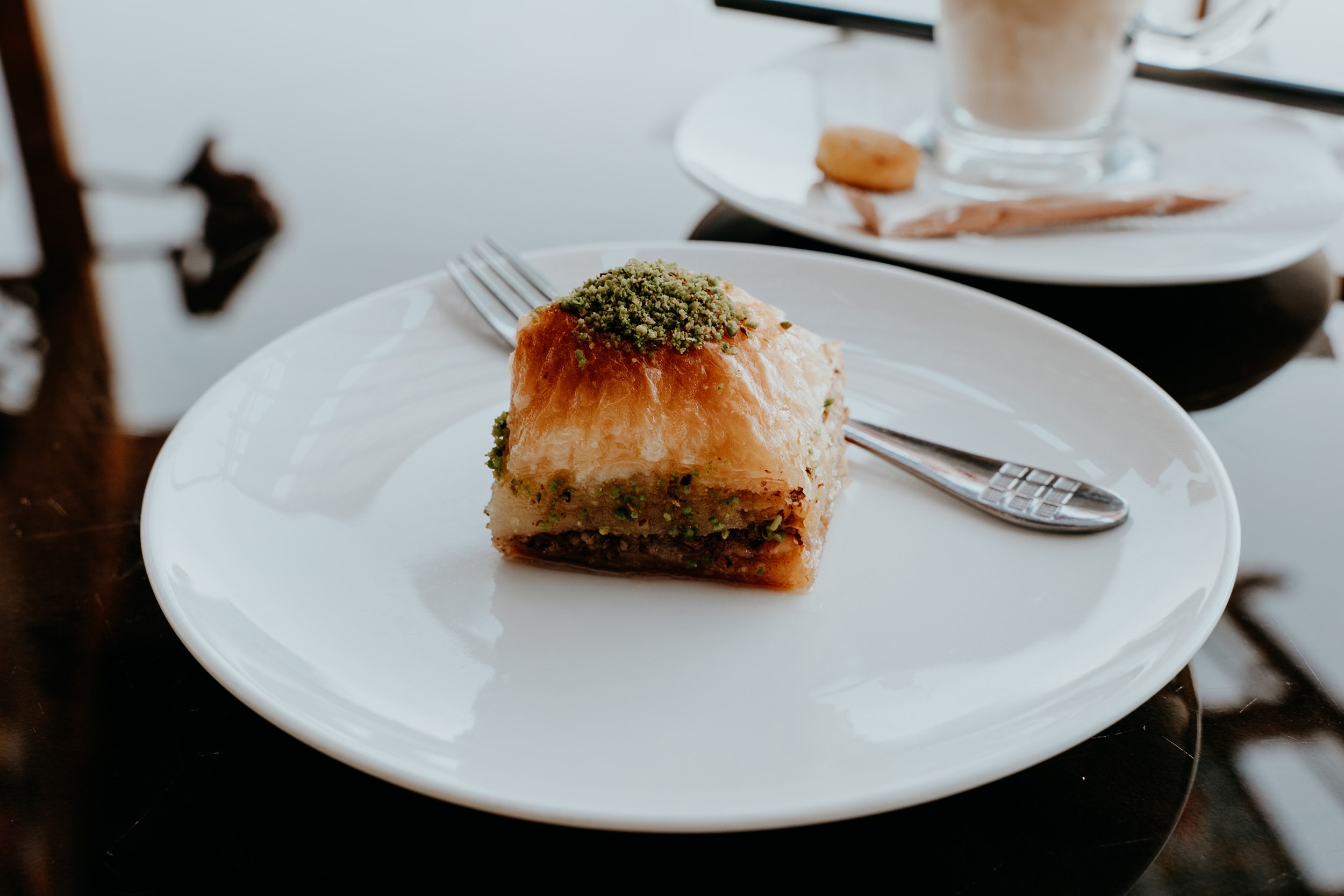
10. Take in the views from the Khoja Minaret
Standing tall and proud above the maze-like laneways of Itchan Kala, the Islam Khoja Minaret, with an impressive height of roughly 56 metres, dominates the skyline of Khiva.
Of course, admiring it from ground level is already something quite special, but to me, climbing the 175 steps to admire Khiva from the top is something different.
You see, as the tallest minaret in the whole of Uzbekistan, and also one of the most charming ones, the Islam Khoja Minaret provides a truly breathtaking panoramic view.
While for some, the ascent to the top can be a bit of a challenge, conquering the winding, narrow staircase to the top is definitely a rewarding one
From atop, you will be reminded of Itchan Kala’s ongoing legacy as a cultural, historical and architectural masterpiece, as its magnificence down below surrounds you from all directions.
But as with most structures in Uzbekistan, the Khoja Minaret is merely one element of a larger complex, in this case, the Islam Khoja Madrasah, which, unlike other complexes in Khiva, is relatively new given its foundations only originated in the year 1908.
Though not as old and historical as its counterparts, the Islam Khoja Madrasah is truly gorgeous, and the region’s iconic mix of blue, turquoise and white tilework makes it blend in seamlessly with the appearance of its older peers.
Where | Islam Khoja Minaret
Opening hours | Daily 0800 – 1800
Entrance fee | 100.000 SOM (€7.50) per person. Not included in the Itchan Kala entrance ticket.
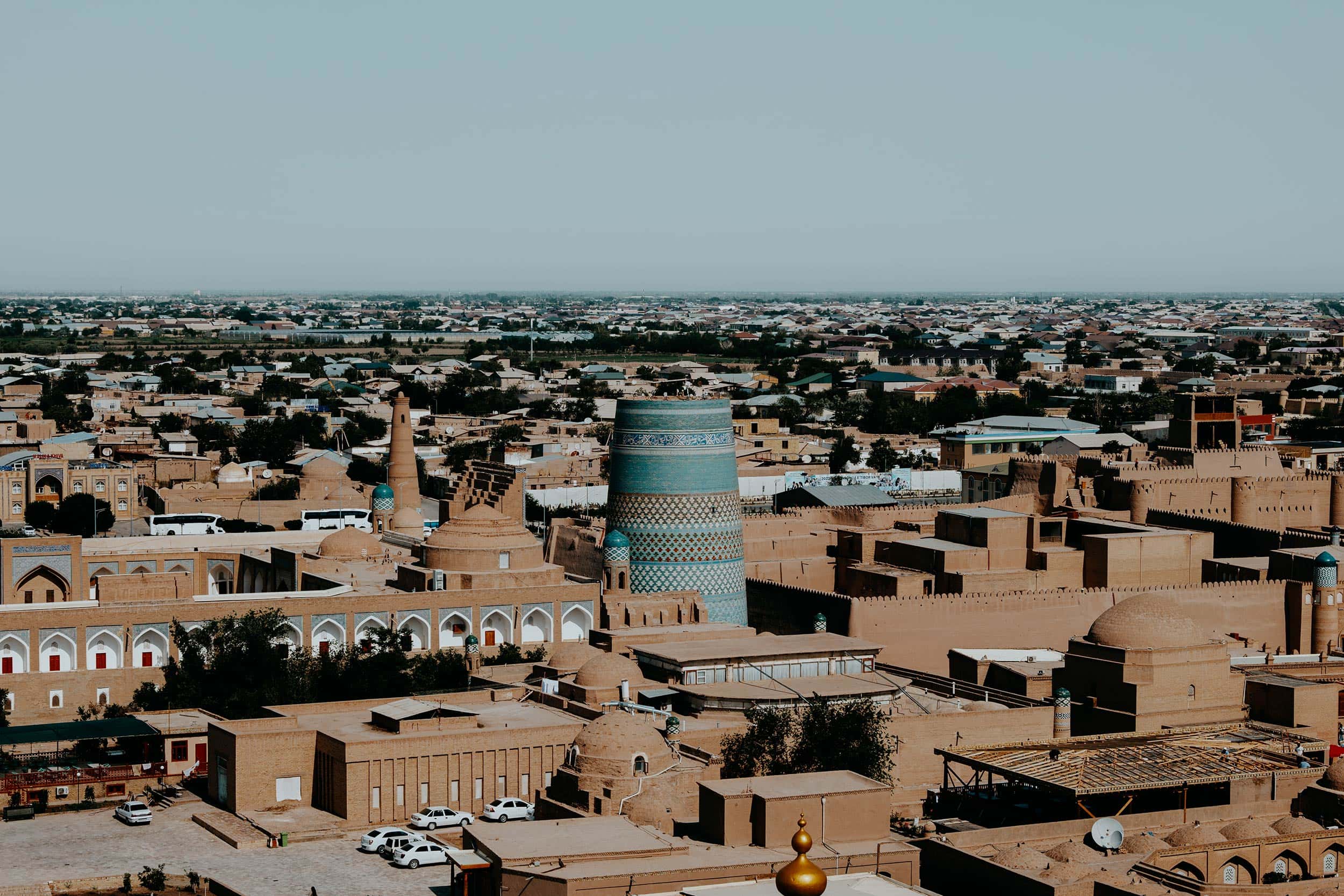
11. Take a stroll through the bazaar
Taking a stroll through Khiva’s lively bazaar is in many ways as if you’re stepping back in time.
Being the centrepiece of all things trade, crafts and culture for centuries, the hustle and bustle found between the endless myriad of market stalls of the Khiva bazaar bring a lively and charming feel to Itchan Kala’s streets. One that I imagine, reflects the unique ambience that prevailed here when Khiva was deemed a major trading hub along the ancient trading route.
At present, Khiva’s bazaar is known for its artisanal craftsmanship, and accordingly, lots of interesting handicrafts are found here, which makes it a great place to pick up a traditional Uzbeki souvenir for either yourself or a loved one.
Just about everything is found right here; from traditional clothing to handwoven carpets, from intricately crafted wooden pen boxes to colourful ceramics, and last but not least; fur stuffed camels – which, of course, I had to bring back home as a gift to my little nieces.
Whether you’re looking for a unique souvenir or simply wish to take in the lively atmosphere, I believe a roam around the bazaar is truly great and the perfect way to get a feel for Khiva and it’s people.
It is worth mentioning, that I’m referring to the bazaar found in Itchan Kala, instead of the one outside of the historical city walls.
Where | Khiva Bazaar
Opening hours | Daily 0900 to 1800
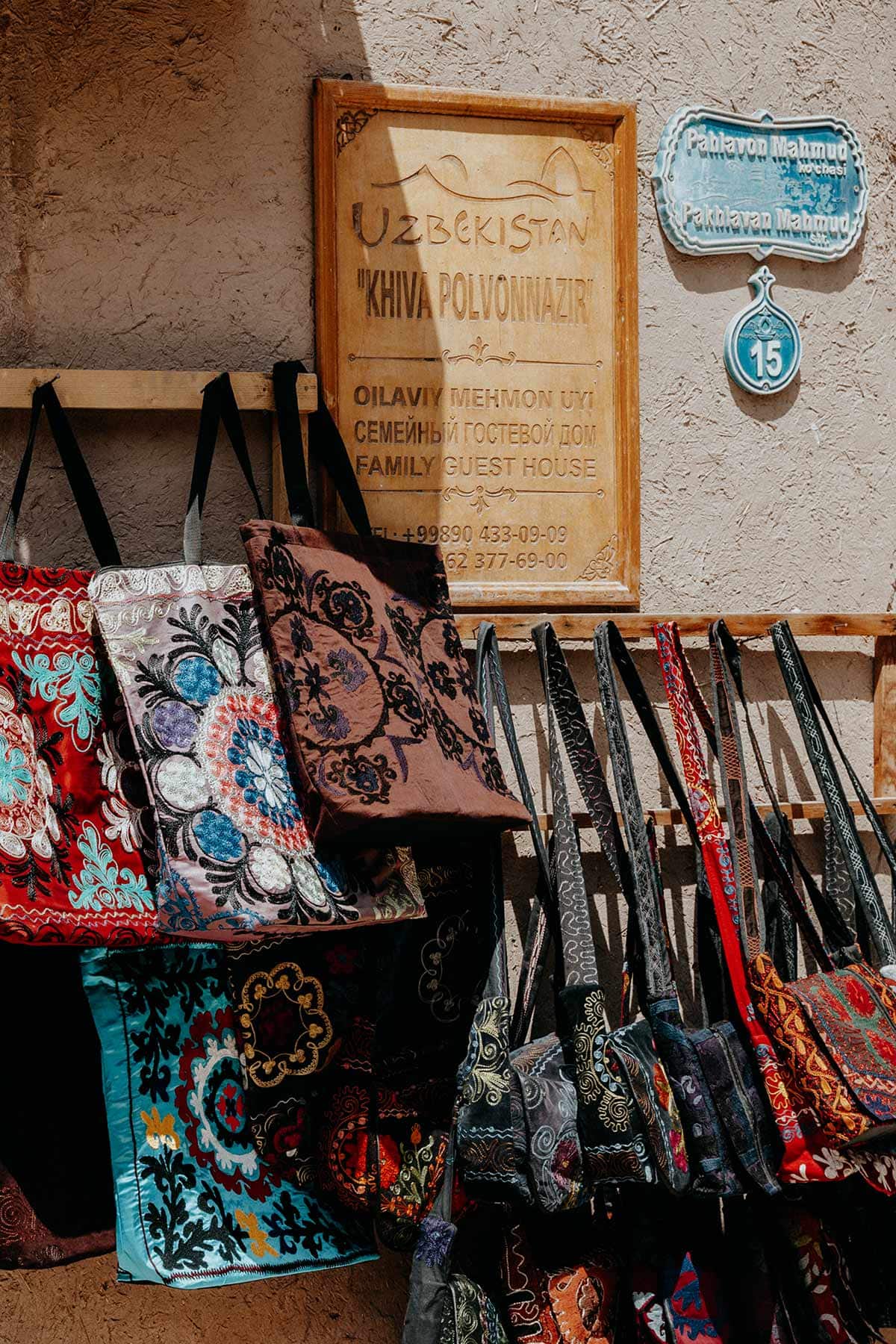
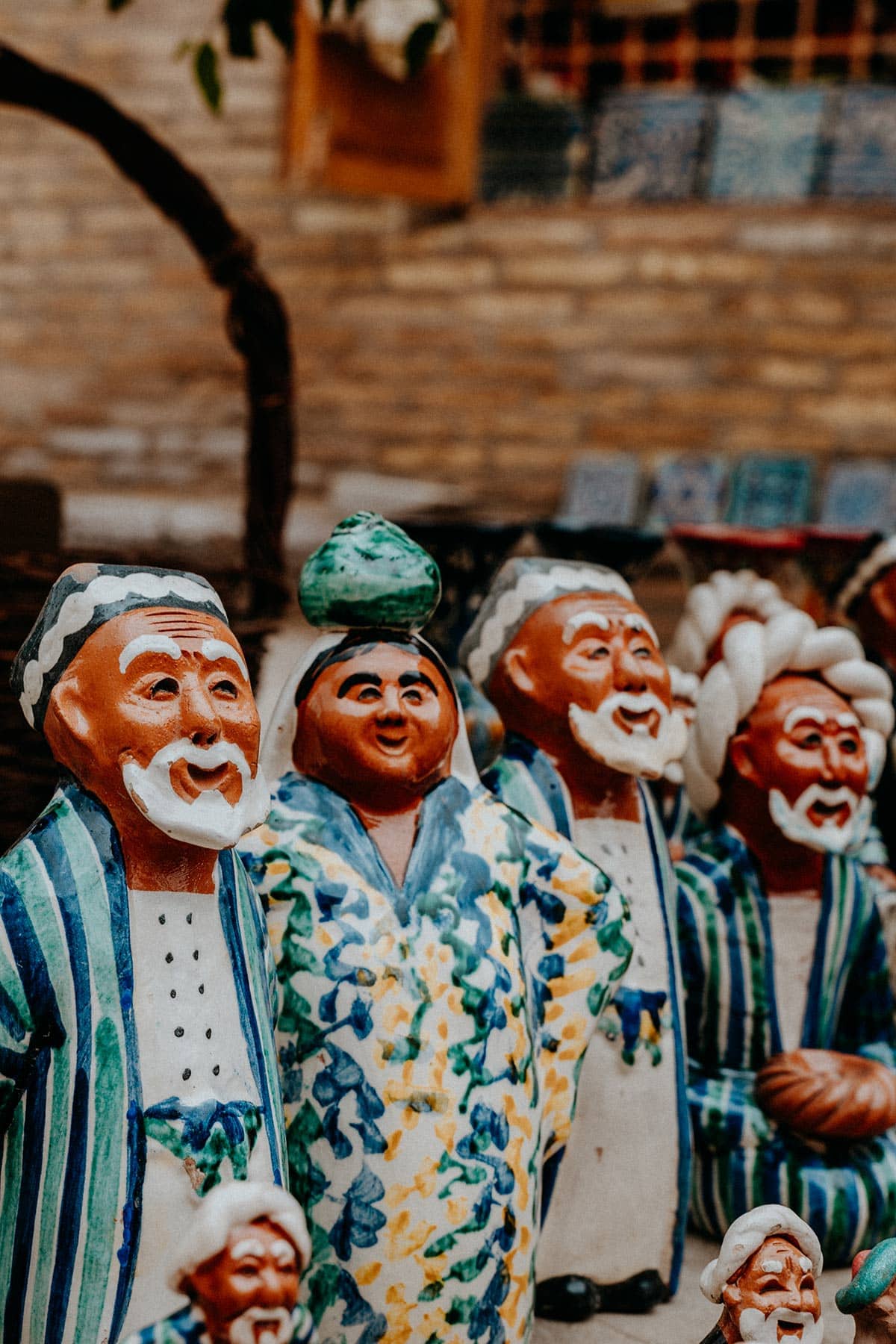
Things to do in Khiva | The essentials
The best time to visit Khiva
Khiva is nestled in the heart of the Khorezm oasis, meaning it has a desert climate with comfortable, dry weather for most of the year.
However, if you wish to fully appreciate everything this incredible Silk Road treasure has to offer, it is essential to time your visit a little more strategically.
You see, Khiva gets scorching hot during the peak summer months of late June to September, while the colder winter months of November to March, surprisingly bring the temperature slightly under the freezing point.
Considering the above, I believe the best time to visit Khiva is during the shoulder months of March to June and September to October, when the temperatures provide the perfect conditions for explorations around the time-worn alleyways of Itchan Kala.
I personally visited Khiva in April and had lengthy days full of sun, and comfortable weather, while I also noticed it was pretty quiet at most of the popular sights, museums and restaurants.
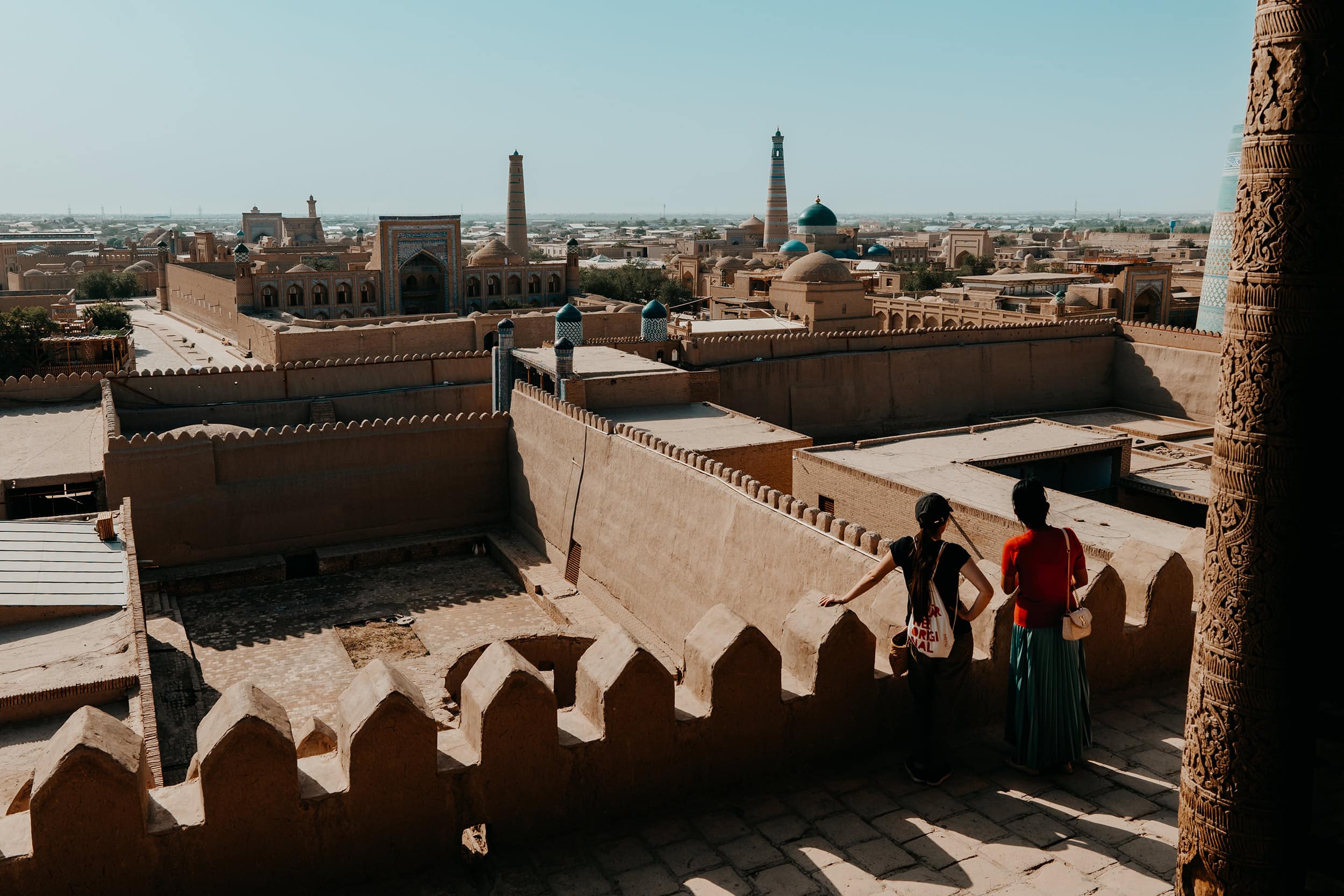
How to get to Khiva
Given that Khiva is located in the far west of Uzbekistan, it is often skipped due to travel durations, connectivity possibilities, or what I would say the lack of resources and information.
Yes, it is true that visiting Khiva takes a little more time, effort, and planning from a logistic perspective, but that doesn’t mean it’s difficult to get there.
You see, Khiva is connected by both air via the Urgench Airport, and by train from all the major hubs within Uzbekistan.
I’d recommend arriving in Khiva by plane from Tashkent and then taking the (night) train to Bukhara before continuing your Uzbekistan itinerary in Samarkand and Tashkent.
By Plane
Khiva is well connected by domestic flights from the international airport in Tashkent to the airport in Urgench, about 30 kilometres from Khiva itself.
The journey itself is pretty straightforward and takes about 1.5 hours and in general, shouldn’t break the bank, with one-way flights averaging around the €100,- mark.
If you’re looking to find a flight to Uzbekistan, I would advise using Skyscanner, a super easy-to-use website that lets you compare a large selection of airlines and travel companies, allowing you to find the best possible rates.
Once you arrive in Urgench, it will take about 45 minutes by taxi to reach Khiva – this will set you back around 450 SOM (€5,-).
By Train
Easily one of the most challenging journeys in Uzbekistan in terms of duration and related fatigue, getting to Khiva by train is not for the faint of heart.
But one thing it definitely is, is rewarding – okay, and a little exhausting too.
You see, I believe taking the journey from Bukhara to Khiva by train (or vice versa) is easily one of the most authentic experiences one can have in the whole of Uzbekistan.
The train from Bukhara to Khiva takes roughly 7 hours and starts from 146.850 SOM (€16,50) for a sleeper, upwards to 195.330 SOM (€21,90) for a coupe, and 332.470 SOM (€37,30) for an SV, which equals First Class in Russian.
For more information on departures, train schedules and tickets, see the official Uzbekistan Rail website.
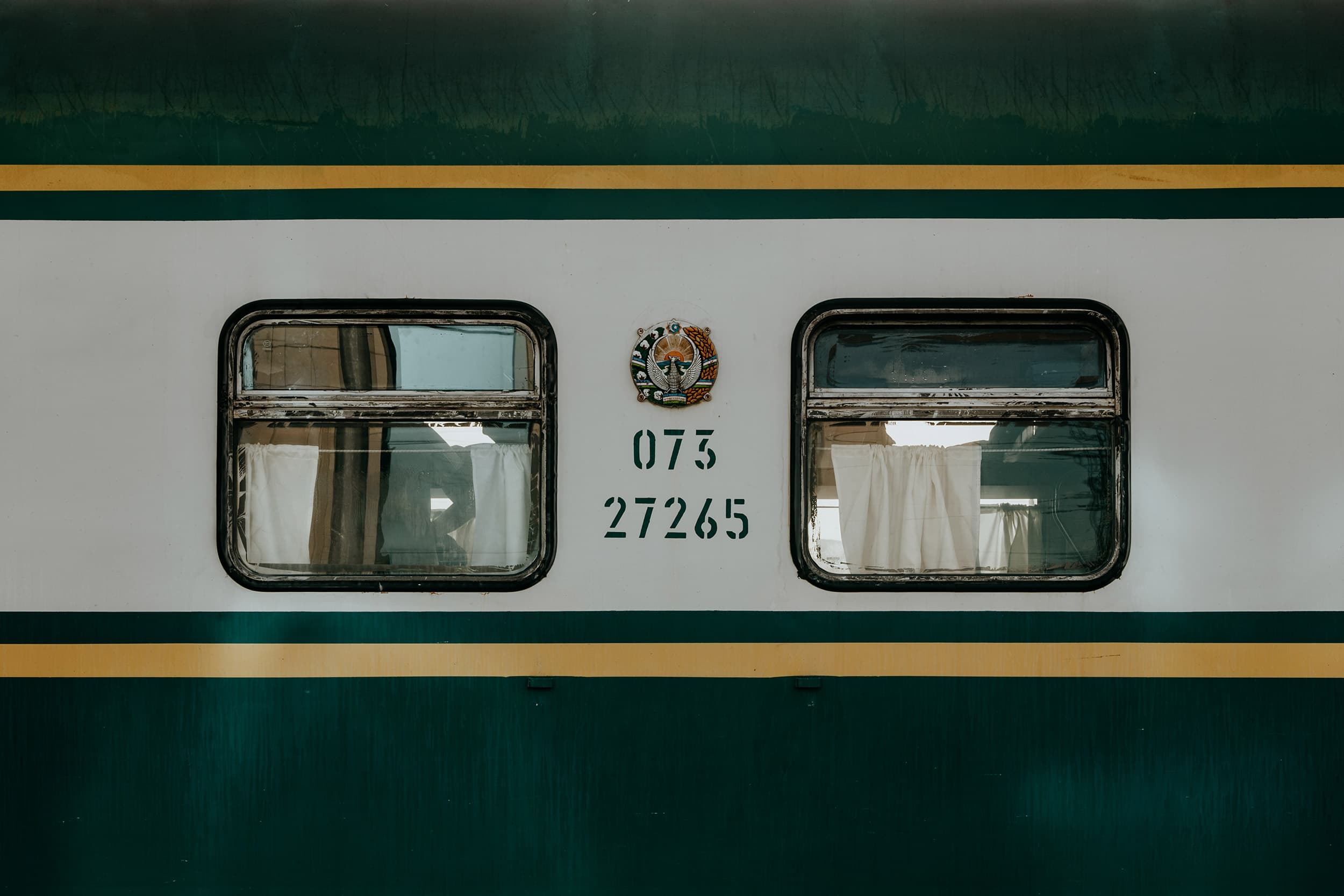
Uzbekistan travel essentials
While Uzbekistan is extremely convenient for travellers, travelling here will come with a unique set of needs, meaning you have to prepare a little before embarking on your journey.
Some items I recommend bringing include:
Uzbekistan SIM card | First things first. Upon arrival in Uzbekistan, I highly recommend buying yourself a local SIM card with a data plan, given it will make anyone’s travels here significantly more convenient. Curious about the details? Read my guide to a Uzbekistan SIM card here.
Reusable water bottle | One travel essential that I carry with me at all times is the Grayl Geopress. This reusable water purification bottle allows me to fill up water from nearly every water source, making it one of my best investments to date.
Sun protection | Since Uzbekistan will most likely be fiery hot during the peak travel months, I’d highly recommend bringing quality sunscreen with at least 30SPF and a hat to cover your head.
Powerbank | When travelling through Uzbekistan, you don’t want to risk being in an uncharted area with an empty device in your hands. For that reason, I believe it’s crucial to carry a power bank with you at all times.
Earpods or headphones | If you’re following this itinerary, I can’t stress it enough to bring some high-end earpods or headphones, given the journey from Bukhara to Khiva by night train can be quite hectic happening.
Camera gear | Like most places in Uzbekistan, Khiva is truly stunning, meaning loads of incredible photography opportunities will arise when exploring. For that reason, I’d highly recommend bringing your camera gear, so you can capture loads of photos while there. If you’re curious to learn about my photography gear, make sure you give my ‘What’s in my Camera Bag’ guide a read too.
Leave no footprints | During my travels in Uzbekistan, I noticed that the cities and their people are really neat when it comes to cleanliness and littering. It’s up to us to respect the locations we’re visiting and keep it that way.
Safety in Uzbekistan | Travel insurance
When travelling this big wide world, I never go on an adventure without my essential travel insurance sorted out, and though I never felt unsafe in Uzbekistan, I advise anyone travelling here to do the same.
While I believe it’s unlikely to experience any problems when following the suggestions in this guide, something unfortunate could happen at any given time, whether it’s an injury, a stolen camera, or an unforeseen cancellation.
For travel insurance, I use Heymondo, as they offer full COVID-19 coverage, as well as a handy app with 24-hour medical assistance. Make sure you check it out – readers of WTSW receive 5% off any insurance policy too.
Cheers!
I’ve been on this travel blogging journey since 2019.
If you appreciate what I do here, these are some ways you can support me.
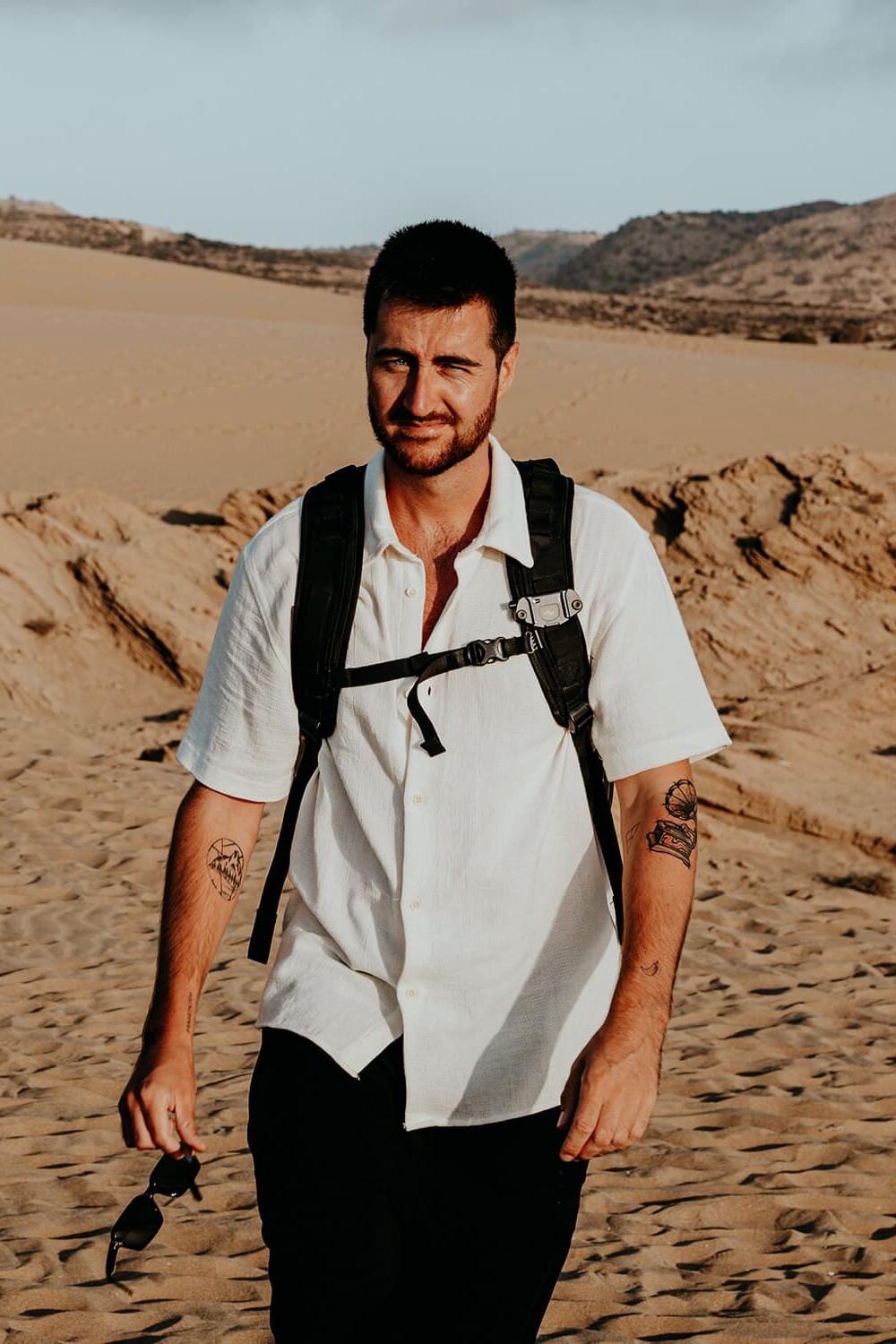
Plan your Uzbekistan itinerary with these essential guides
